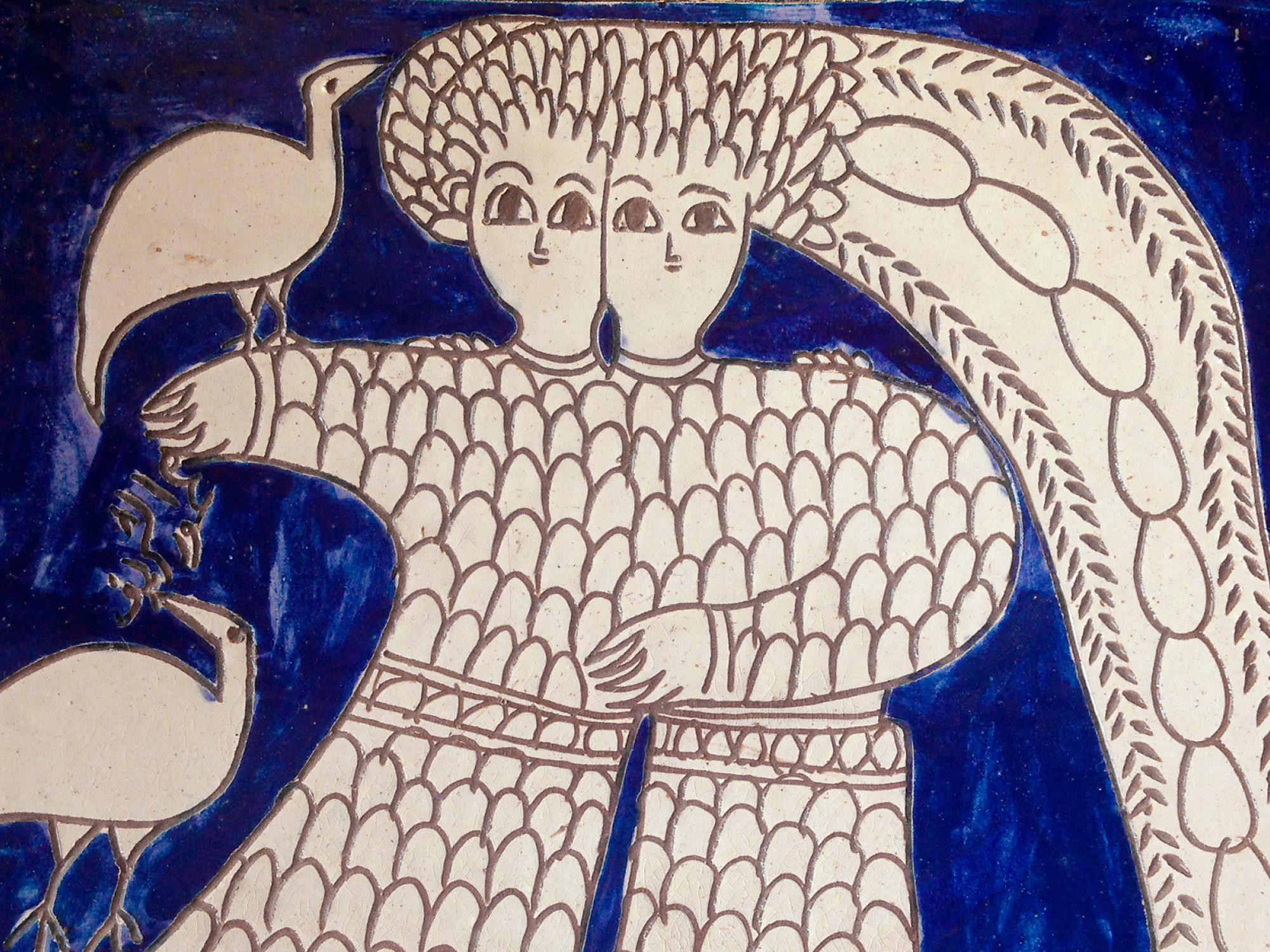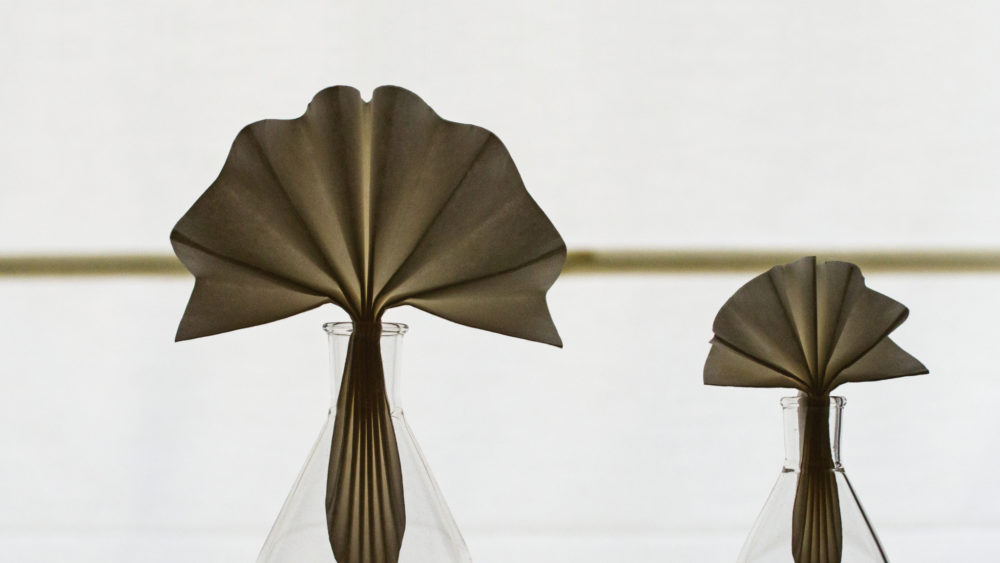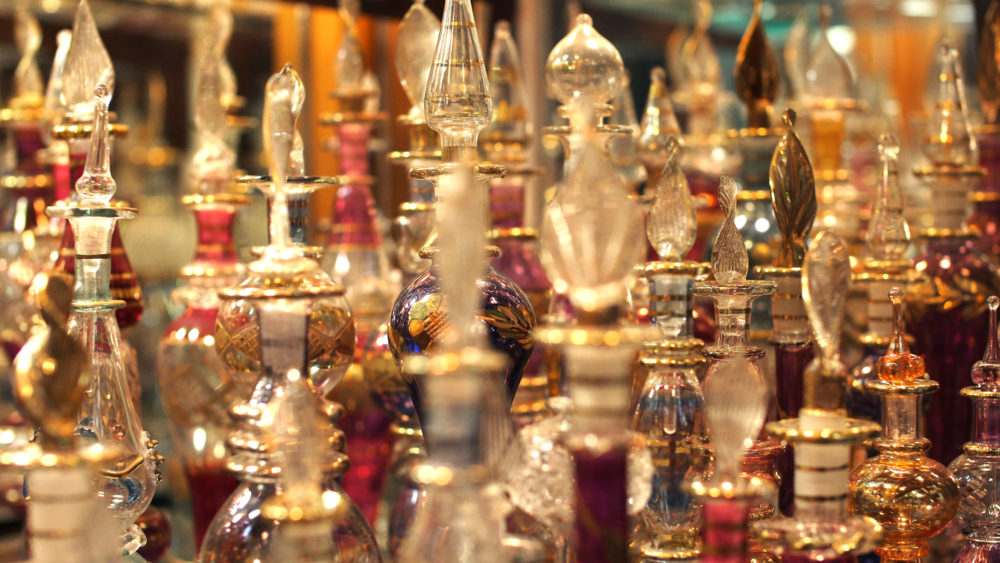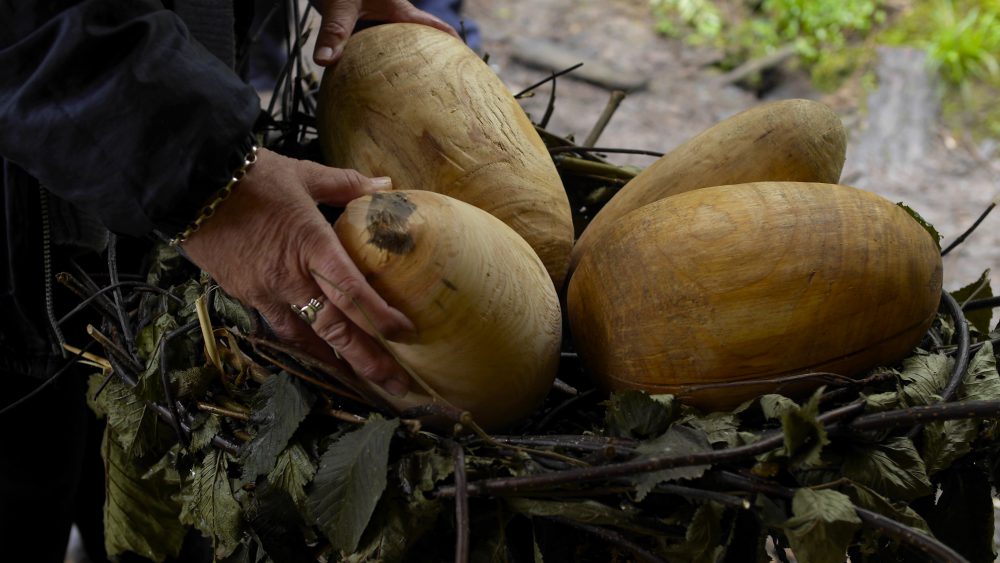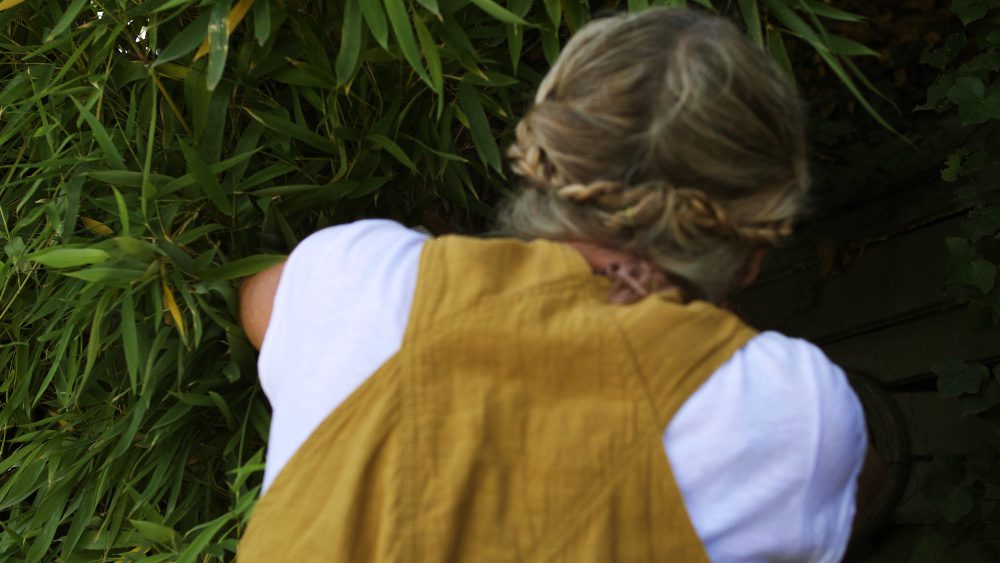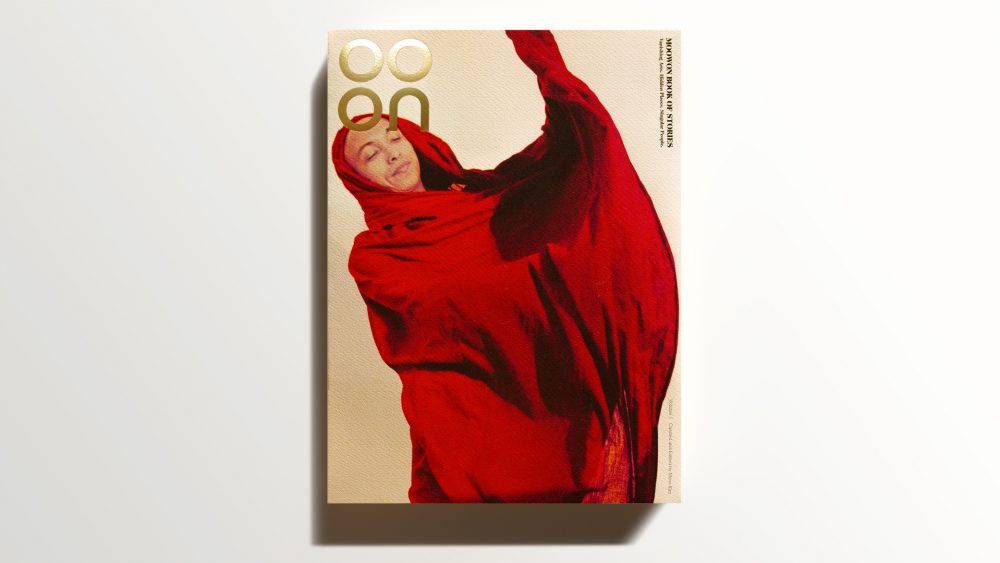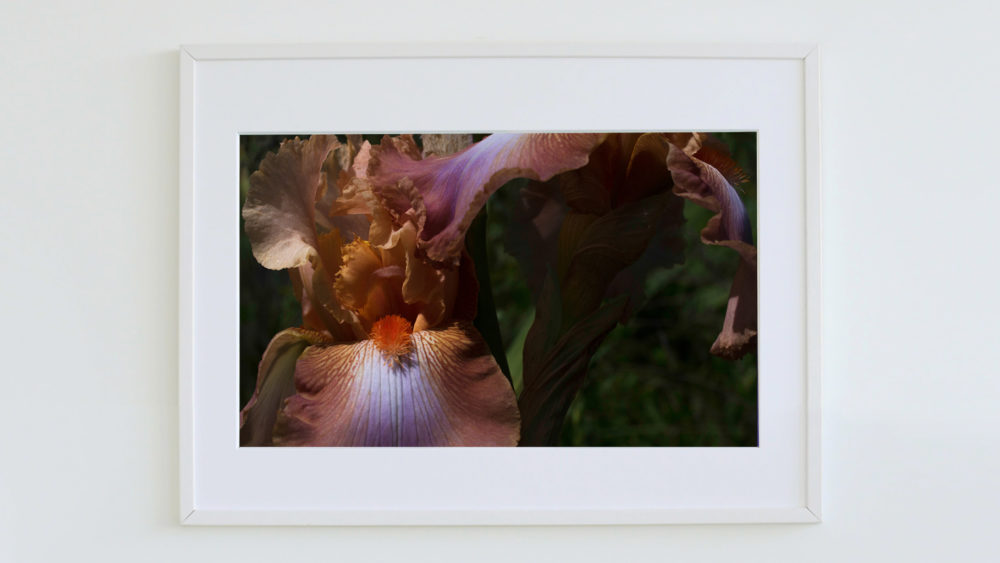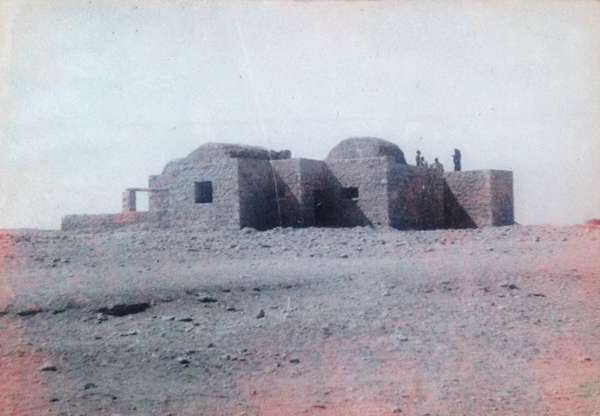
Plant
in a rocky desert
and hope
Once upon a time,
a minister's daughter from the land of Edelweiss fell in love with a tiny hamlet called Tunis in the oasis of Fayoum.
There was nothing.
Only three palm trees, an azure lake, and an expansive big sky.
That is why she fell in love.
And there, she built her home-atelier.
"Here I will return one day, and stay."
Years later, the Woman and her companion, the Man, and their Son and Daughter, brought their most precious possessions from the land of Edelweiss—their mastery and their art of potterymaking, their pioneering spirit and hope, to what was then a middle-of-nowhere in the desert of Egypt.
There was nothing.
Only a few villagers who farmed and fished.
No running water.
No electricity.
And certainly no fancy art schools.
Misadventures, builds, rebuilds, repairs and more repairs, trials and errors, laughing villagers and tragicomedies.
But slowly, home, atelier, kick wheels, kiln, shelves, water, garden and all that was needed, came into being.
"Plant in a rocky desert and hope."
From nothing came everything.
From no plan was born a very big story that you are now about to discover.

Pottery
is of the earth...
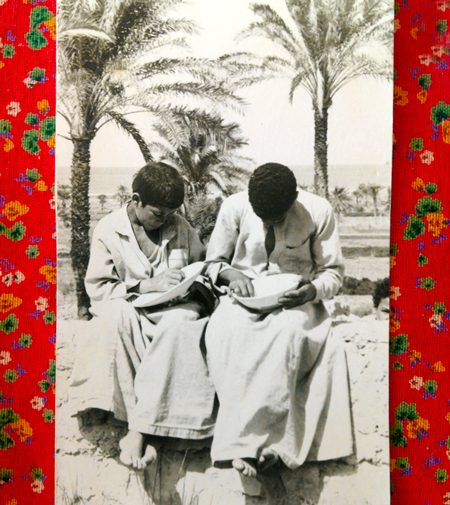
The Woman saw both beauty and poverty in the village.
The Children worked in the fields and tended to animals.
Sometimes, she saw that they made toys, dolls, tractors, and very strange and beautiful animals from mud gathered from the streams.
Knowing that all children possessed art inside themselves, an idea came to the Woman: channel their creativity and give life to their art through what she loved and what she can give—the joy of making, shaping, and giving form to the earth!
"Pottery is of the earth, hence it is close to these people. It touches them because it is familiar to them, as breadmaking is."
Although she never dreamt of being a teacher, she did dream of a pottery school where the Children's creativity can be unleashed and set free.
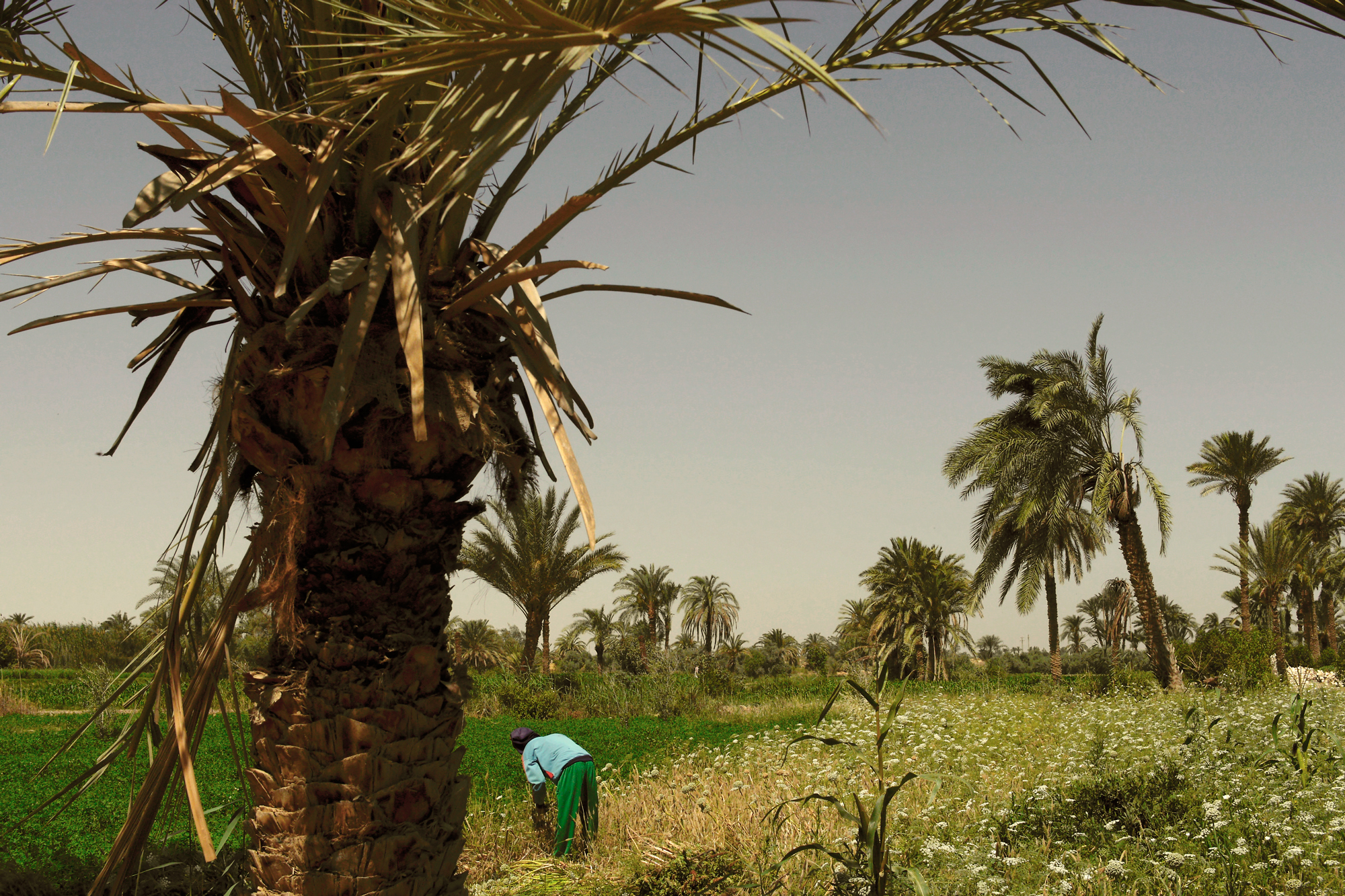
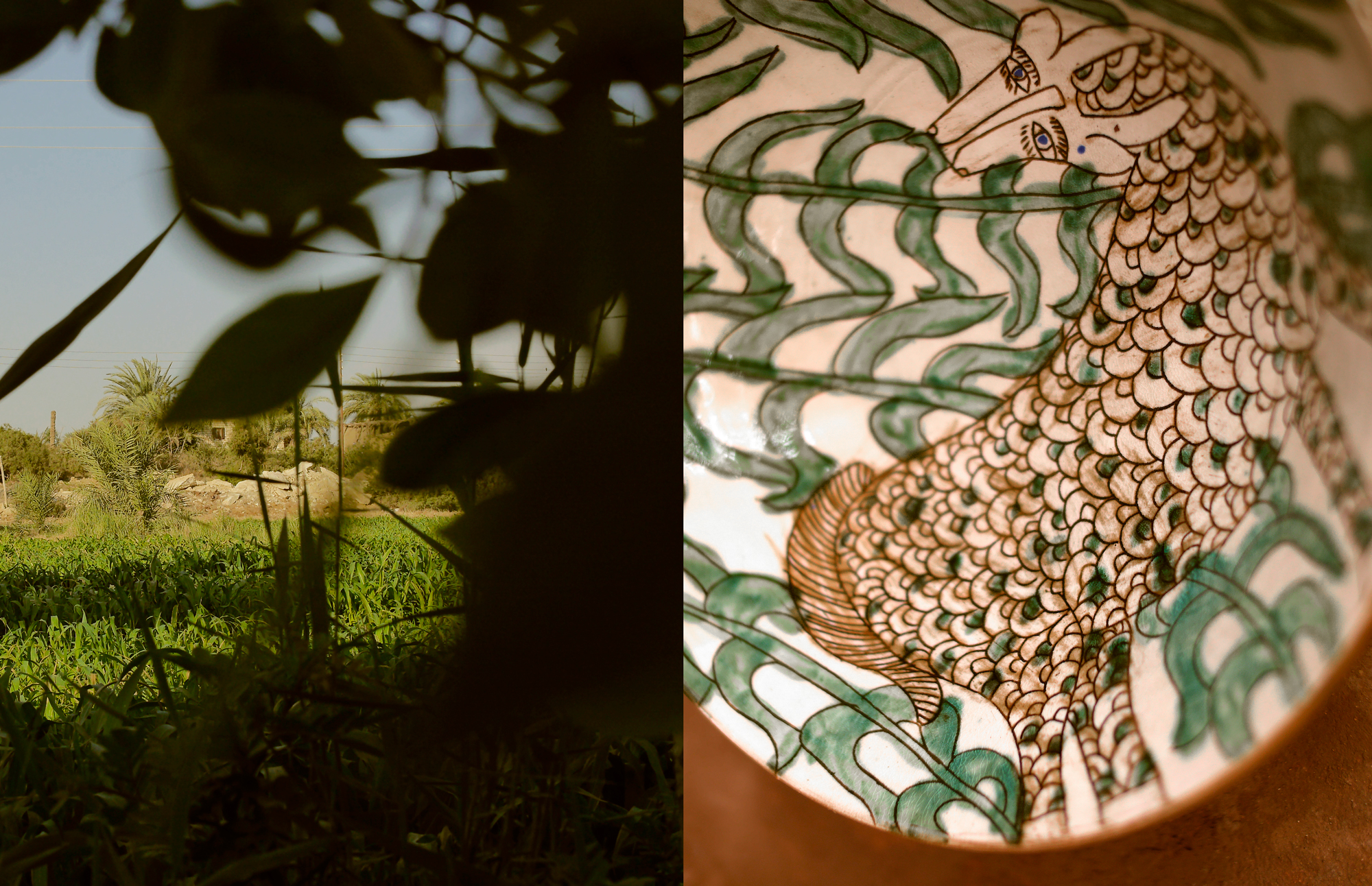
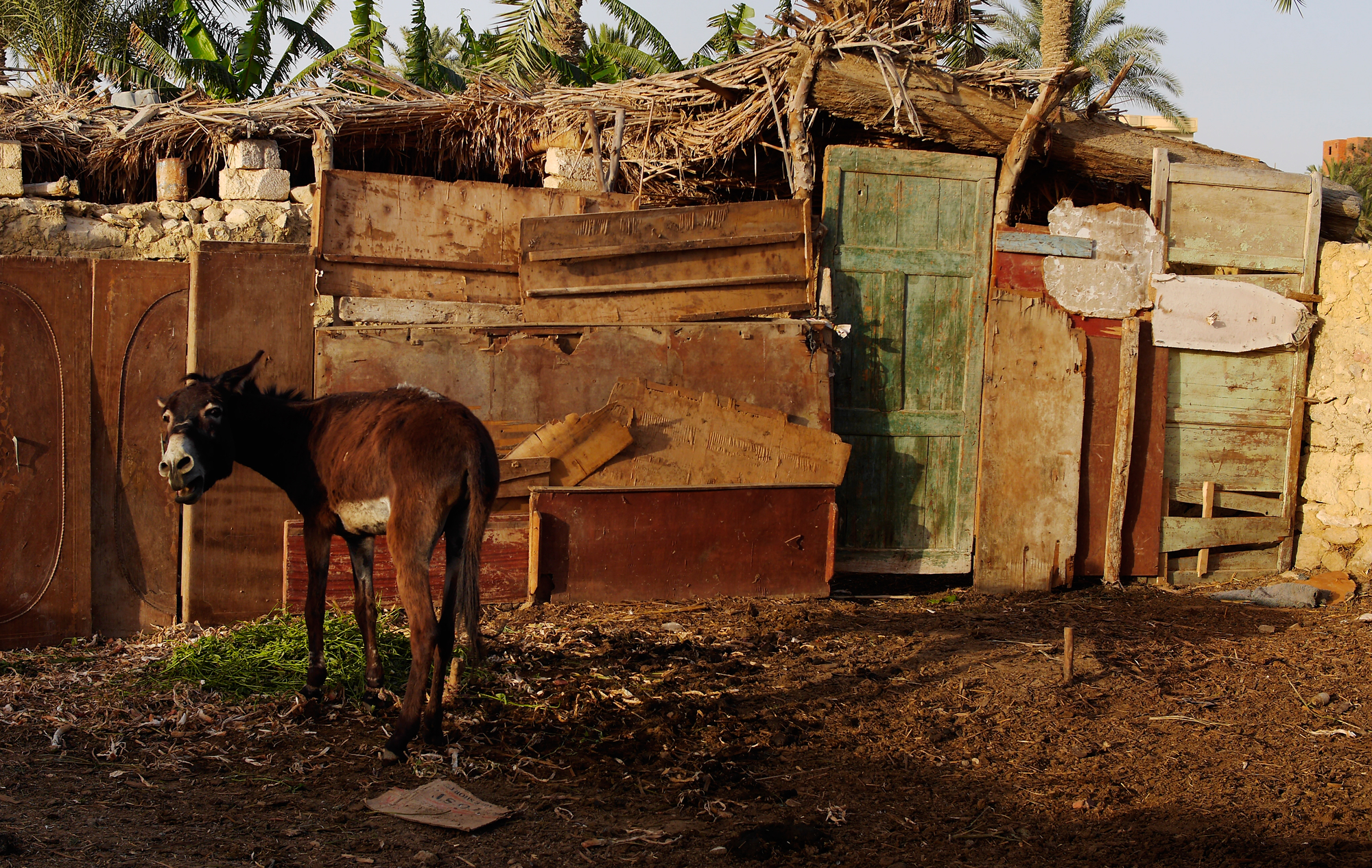
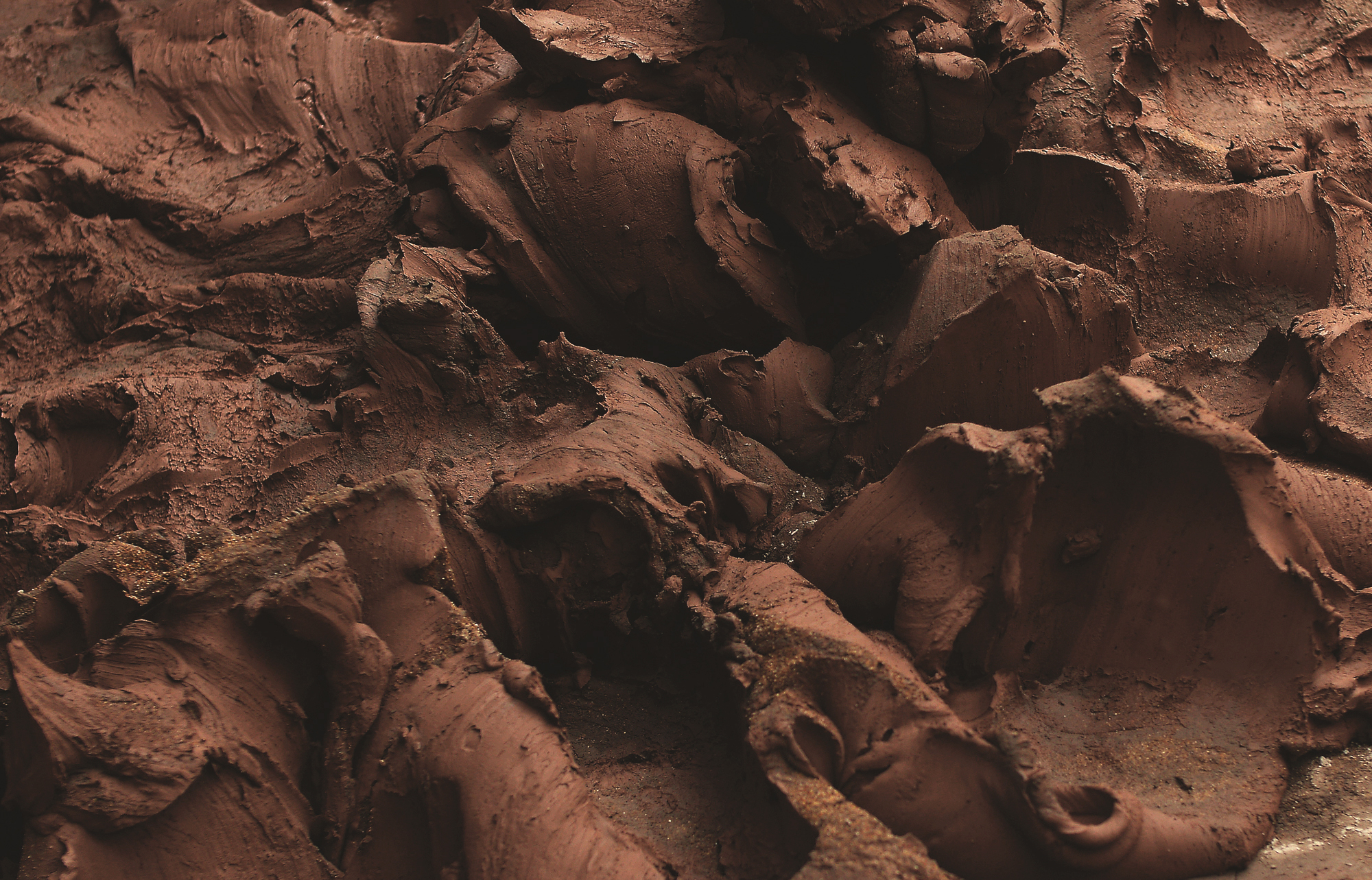
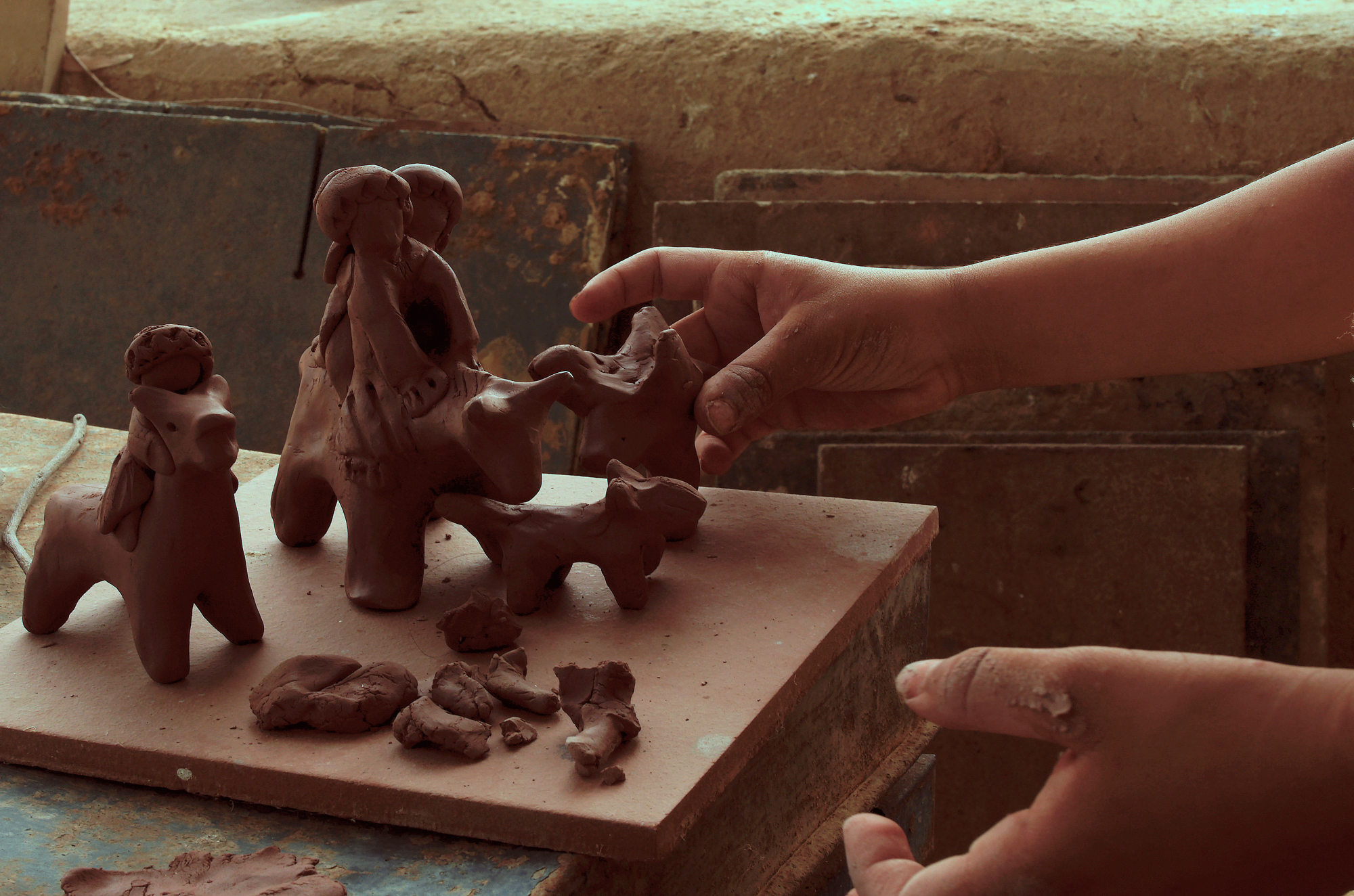
Children,
you are free to come, learn and work when you want.
Make what you want to make.
During this time,
there was a Child in the village
who suffered mind and body at the violent hands of her own father.
The Man and the Woman took her in.
They cared for her.
Through them, she learned
to touch, turn, embellish,
and breath life into earth.
She became one of the first students of the pottery school.
Little by little, she was healed.
Little by little, her spirit was set free.
Little by little, other Children also wanted to play and shape the magical earth.
A cooperative was set up.
"Men in suits" granted land to this hamlet that they had once ignored.
The Man drew plans.
Nubian masons came to build with bricks made from mud.
The first group of Children began to learn the art.
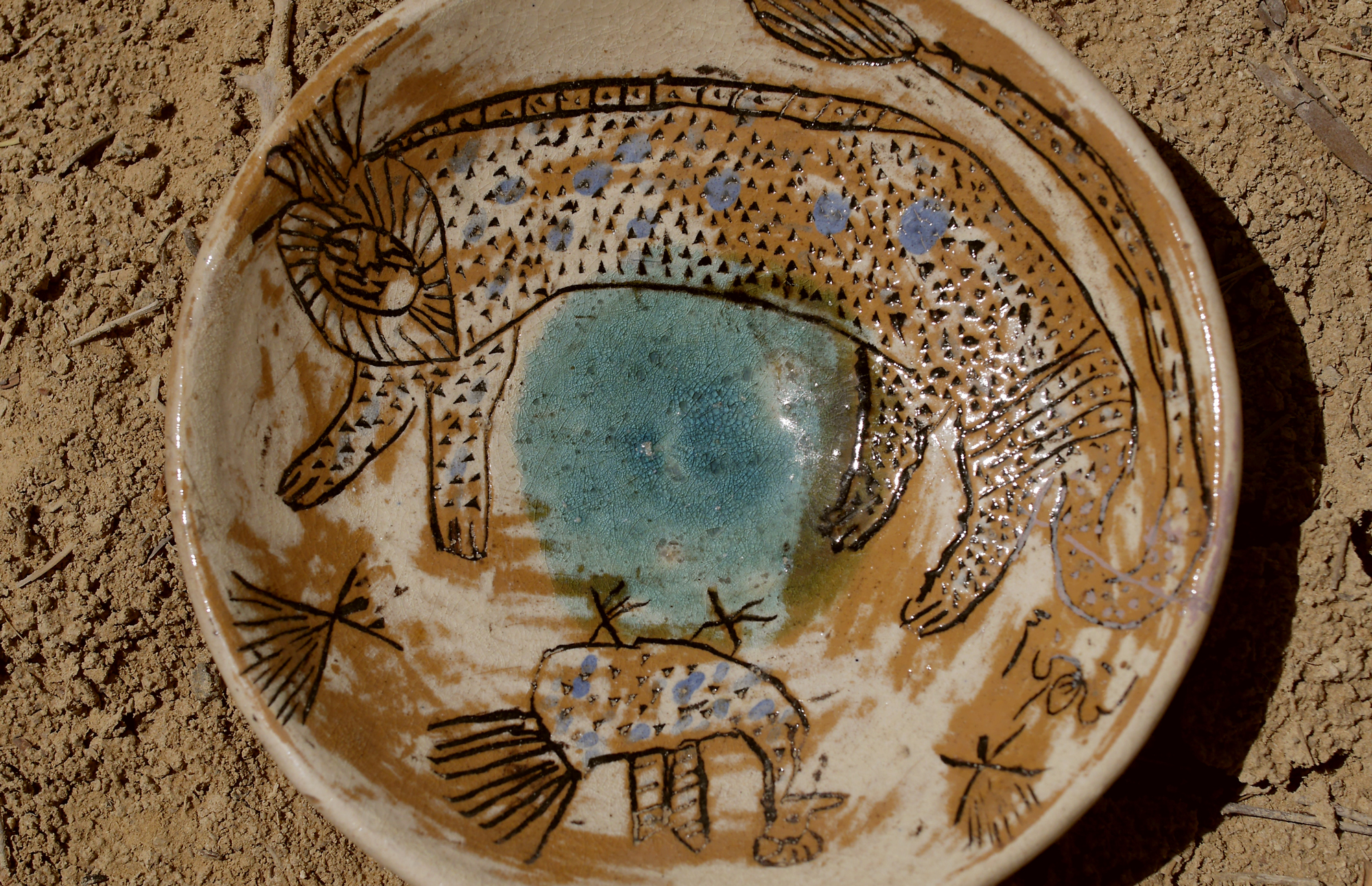
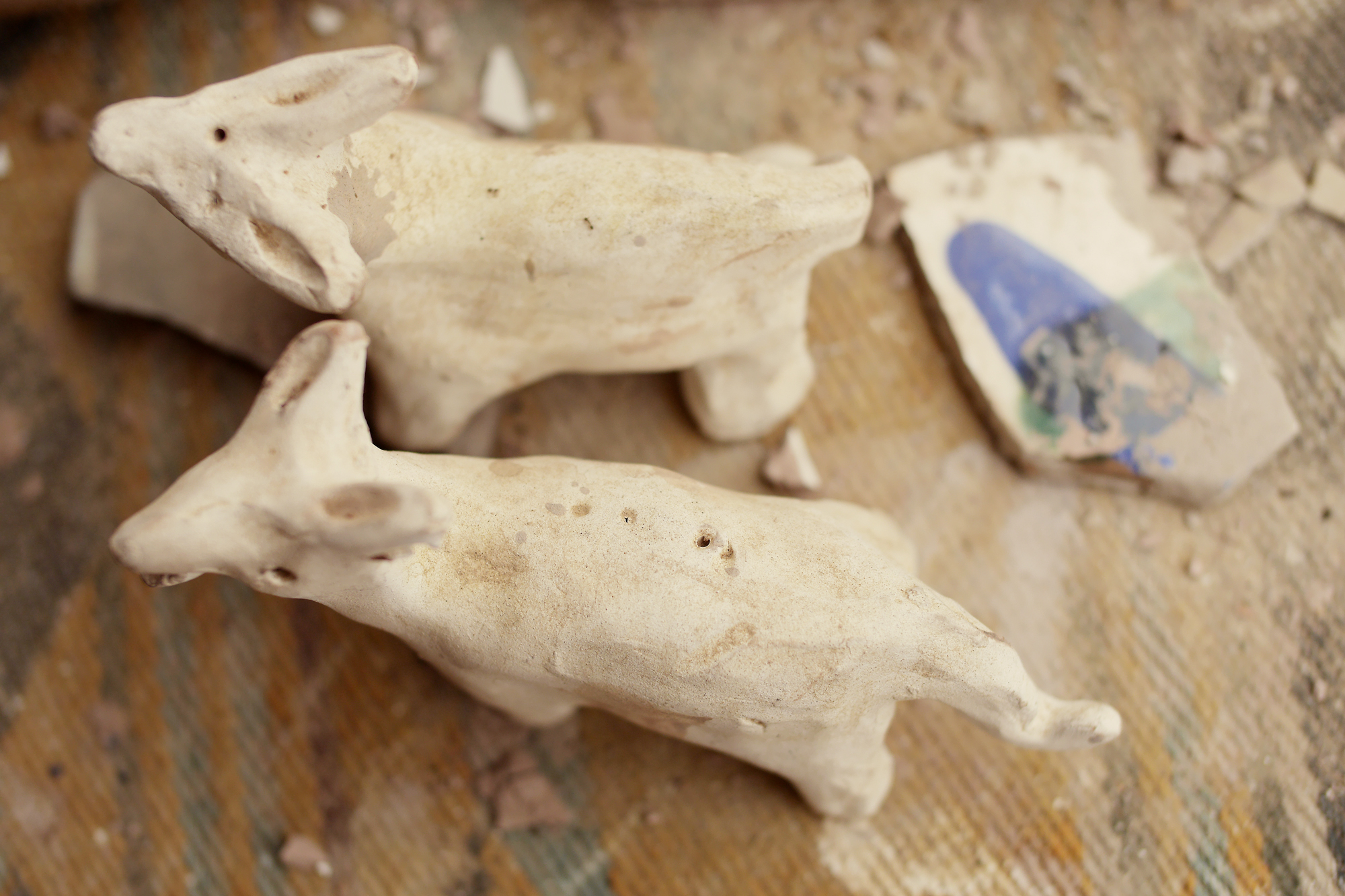
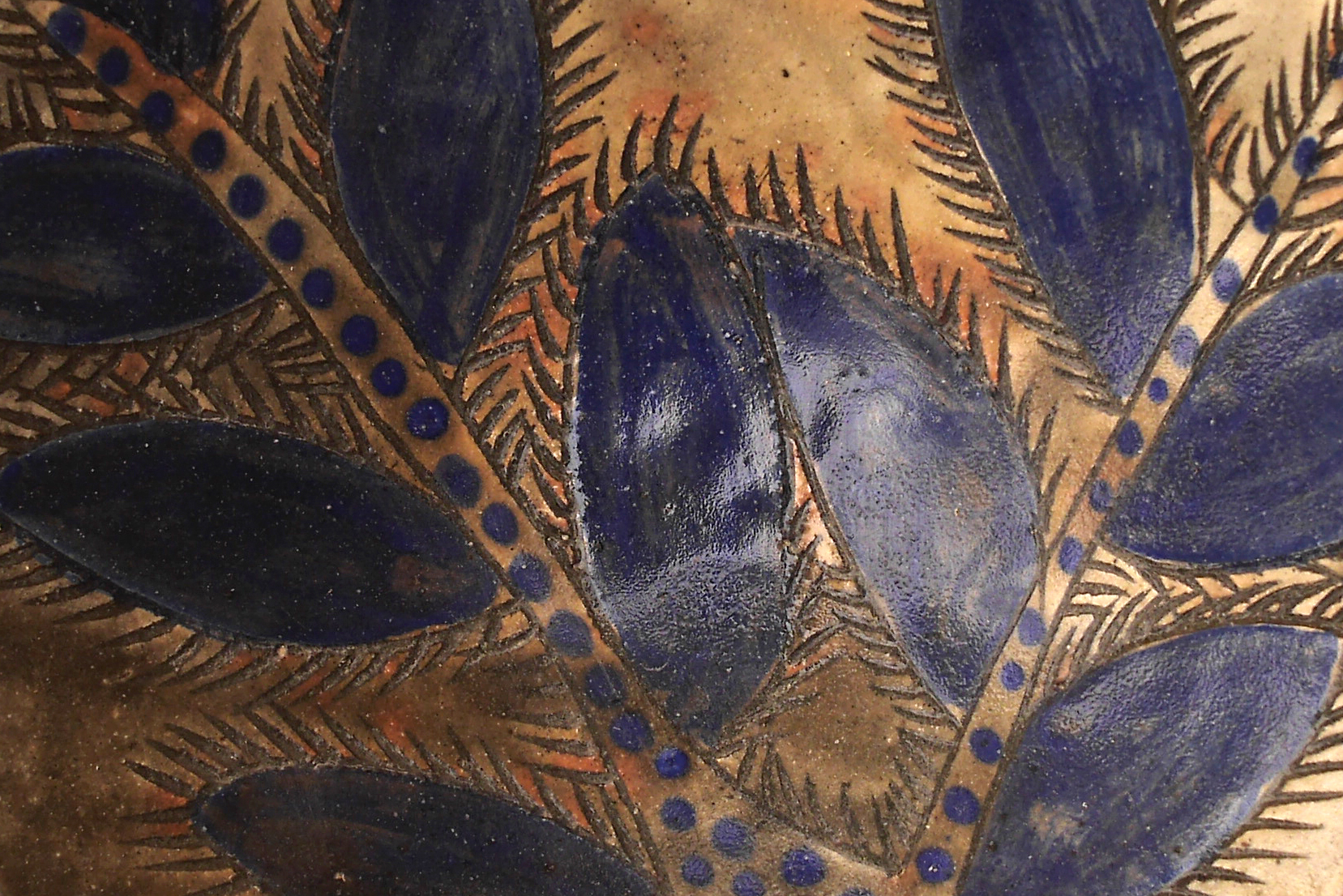
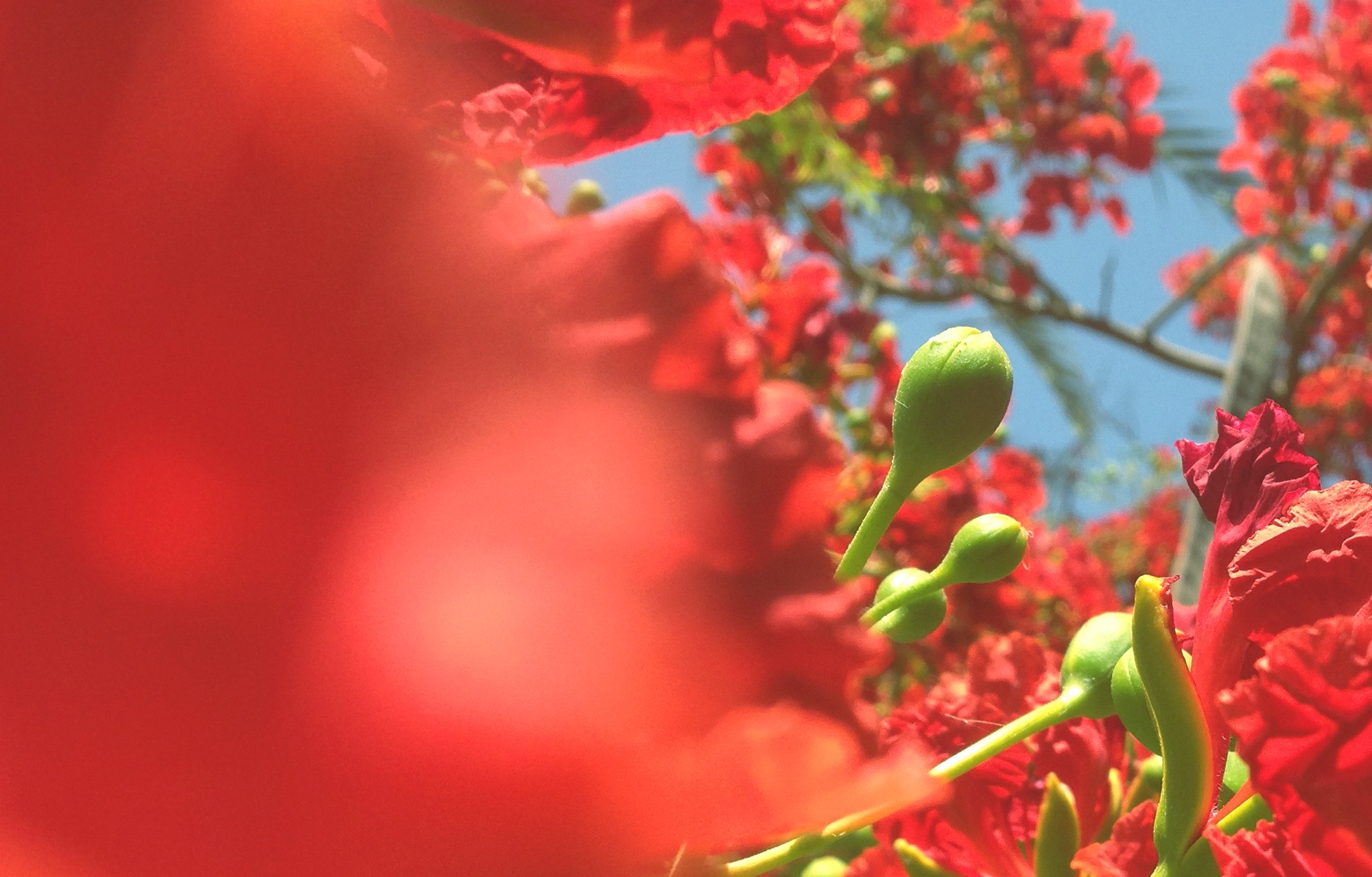
From humble means emerged ateliers, potter's kick wheels, and kilns, all created and built by the very hands of those who lived in this hamlet.
"The clay came from Aswan, the cooking was done in oil, the ceramic technique hails from Islamic pottery of the Middle East," said the Man very proudly.
"Children, you are free to come, learn and work when you want. Make what you want to make."
Most children worked in the field or tended to buffalos to help their family.
Only few could attend the School during the day. So, this way of doing things suited their traditional lifestyle and reality.
The Woman also saw that the Childrens' artistry needed to be seen and appreciated. So she exhibited them in Cairo and faraway lands, to help them sell their art and share equally in the benefits.
The idea was for these future potters to one day open their own ateliers, create their own livelihoods, become independent, and transmit their knowledge to other children in a continuous cycle.
The Children helped each other.
The older ones taught the younger ones.
They loved being at the School and working together.
Without fancy schemes, or "socio-economic development plan" in mind, the School breathed, lived and grew organically, just like a beautiful tree.
I didn't
do anything.
It just
happened.
But the story of the School cannot exist without the story of the Woman.
She is a rare breed indeed.
She is always barefooted, even to this day.
She always speaks her mind as it is.
She taught the Children with an odd mixture of discipline and freedom.
This may explain why their work was so beautiful.
She gave free rein to each child's talent.
She encouraged their unique artistic languages to flourish.
She shared her knowledge generously.
Whatever she saw, whatever she was experimenting with, inspirations and ideas . . . she shared them.
"There we could put an animal like that, maybe here we can do leaves that do that…"
A strange, rare and beautiful form of complicity existed between the Woman and the Children. They imagined things that she never would have imagined. They could not have done certain things if she had not been there, and vice versa.
"What do you think of putting red inside?"
"That's good." . . .
"How about ears like this?"
"Ok, but what are we putting here?" . . .
"There is an animal with a turquoise and blue lines."
"Is there a turquoise at the bottom?" . . .
She cultivated their love for pottery and the spirit of sharing.
They, the potters in the village, were a tribe.
They could talk about pottery for hours and hours.
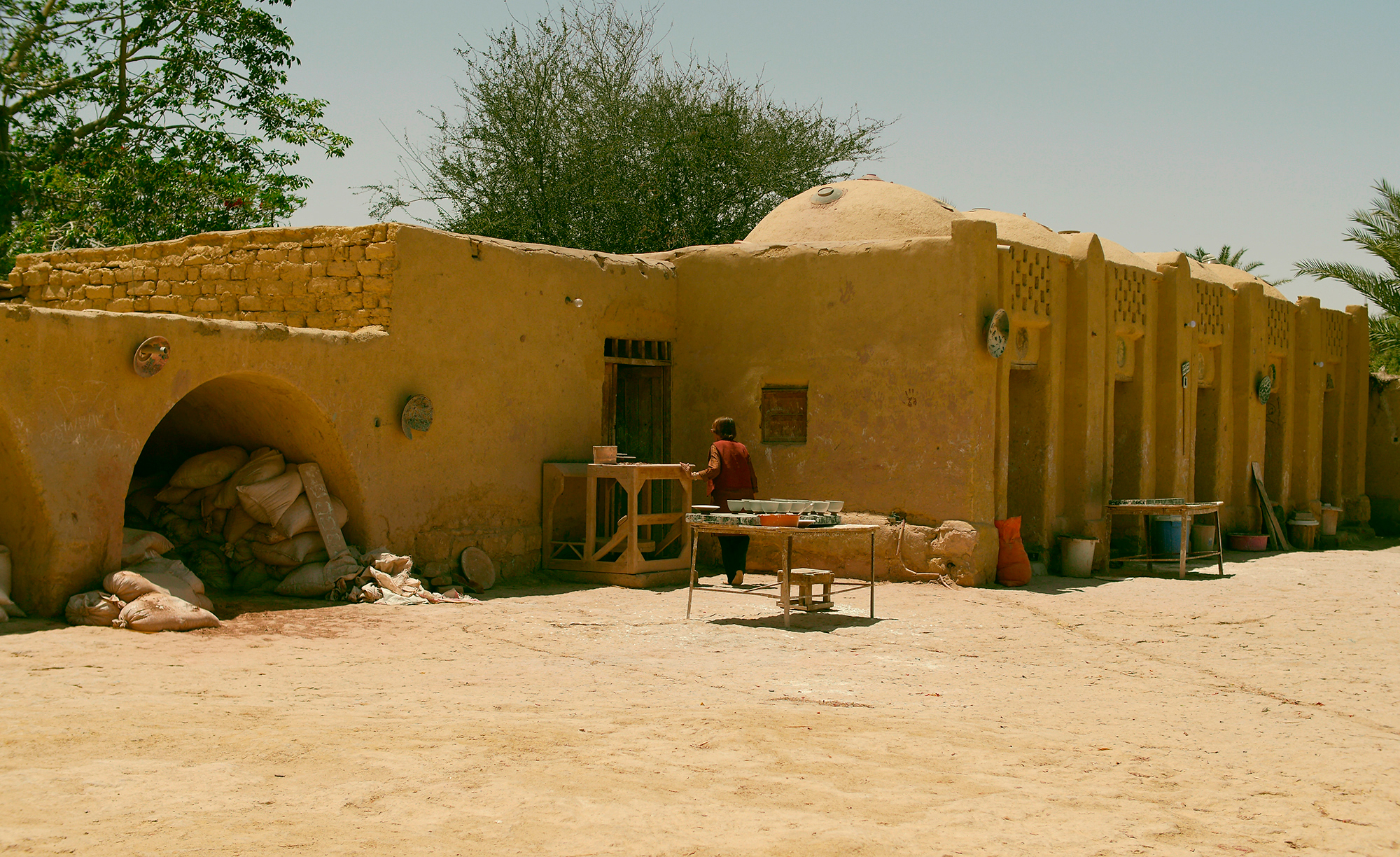
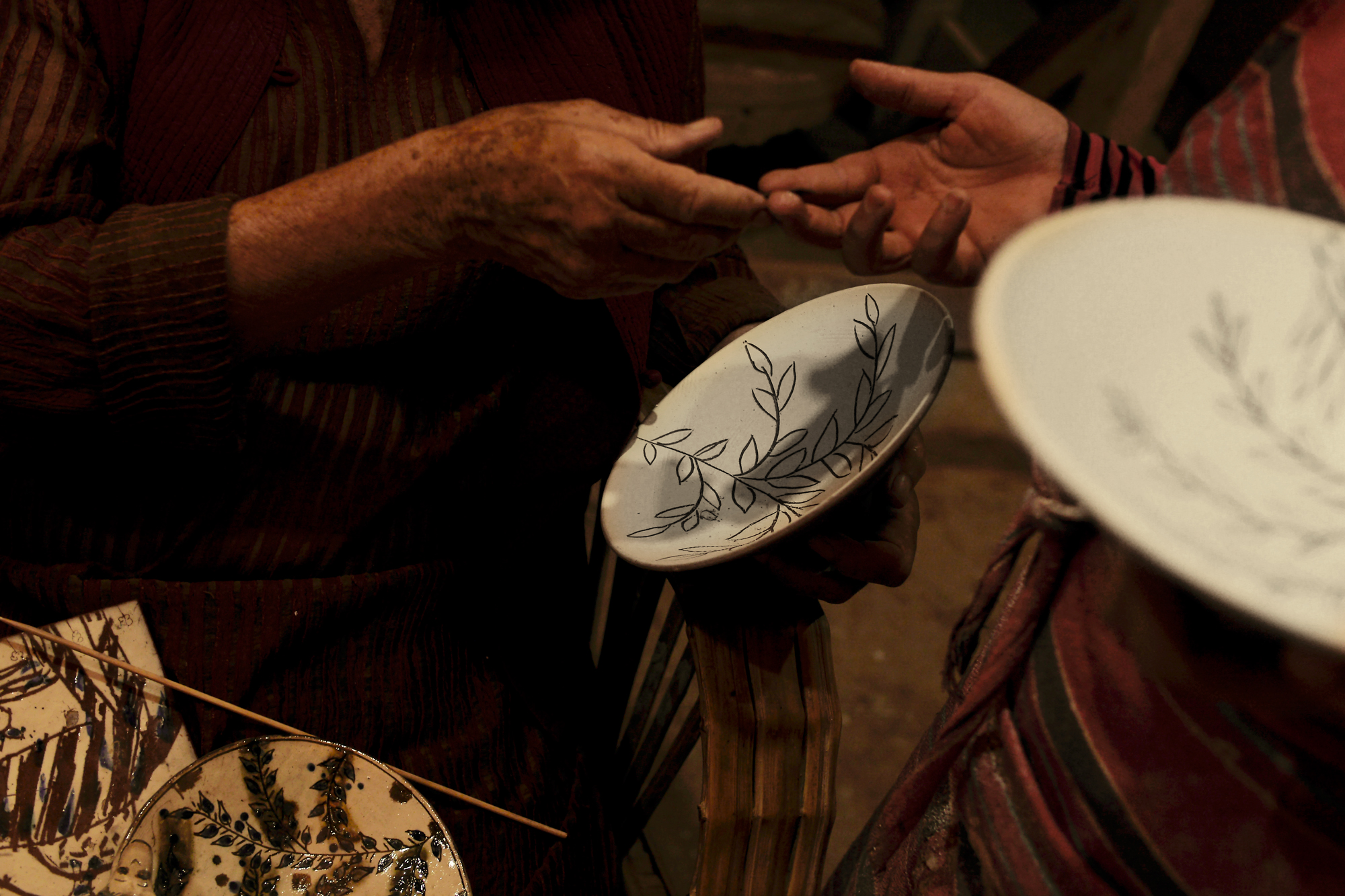
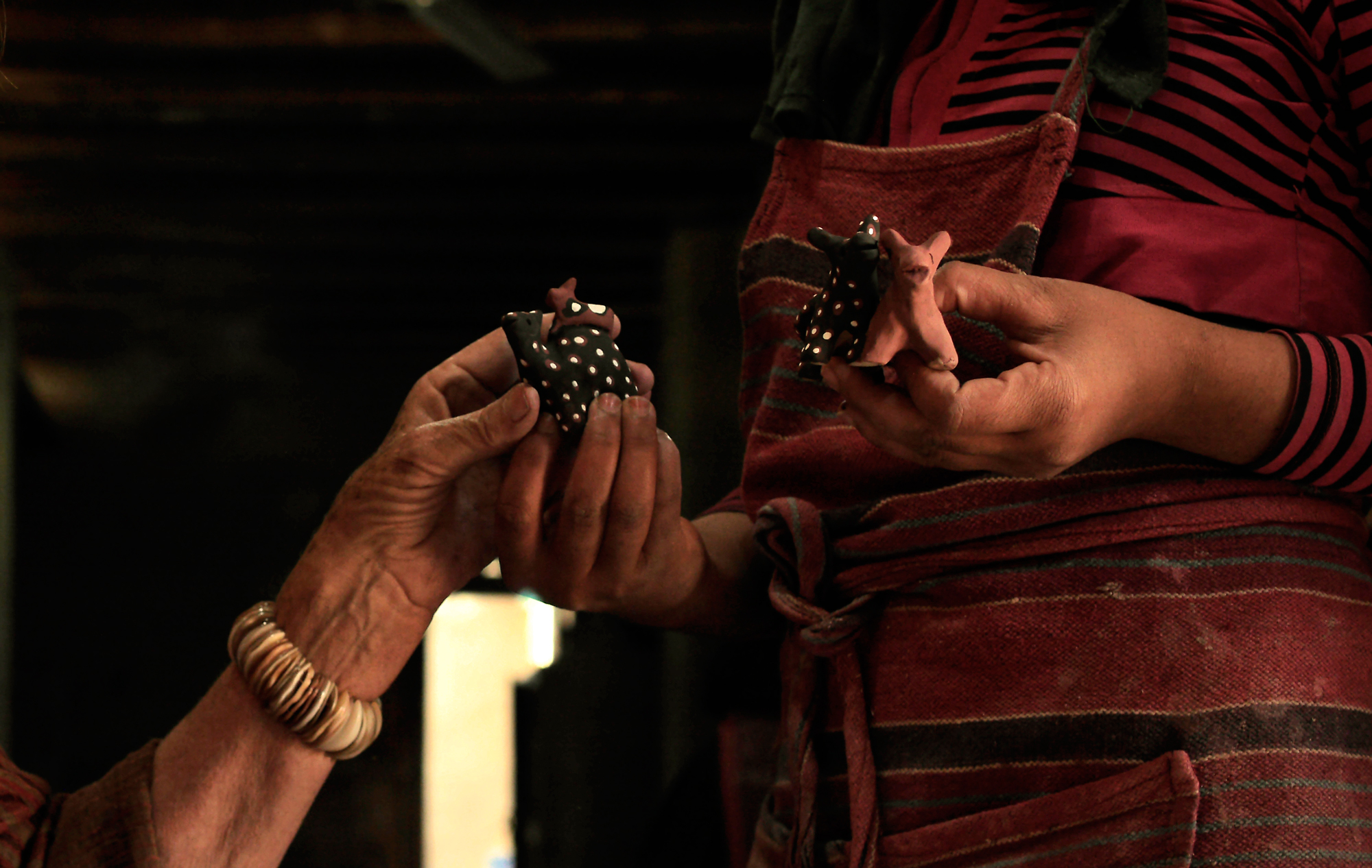
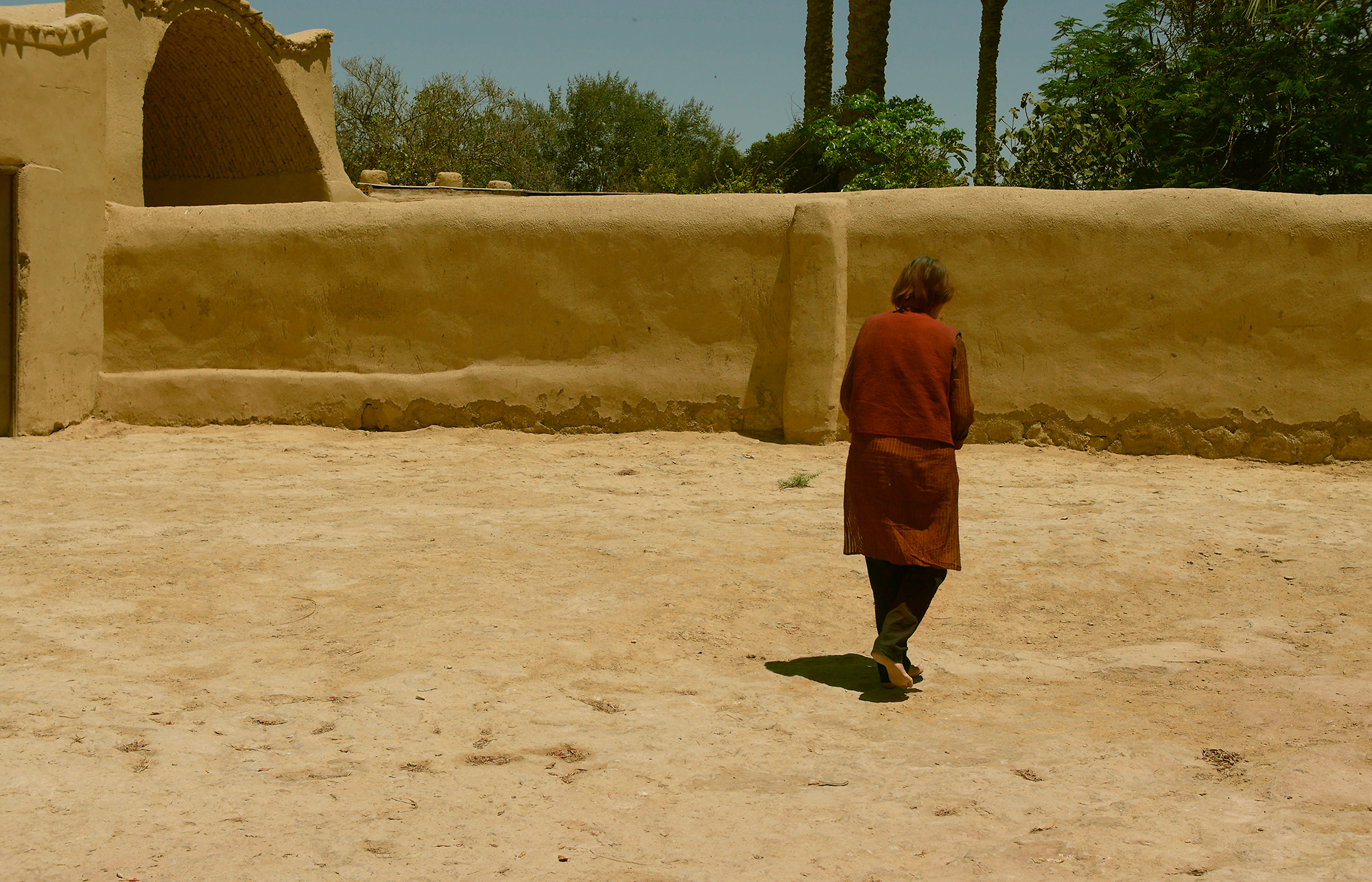
Sometimes there were problems, of course.
But they shared this passion, and there was complicity.
And this is all that mattered.
Pottery gave birth to friendships and camaraderie between the potters in the village and boys, girls and artists from all around the world.
The Woman, she always speaks her mind as it is.
Sometimes she had infinite patience, sometimes she had zero patience.
Sometimes she showed exasperation when students were lazy and not doing their best.
Some say she was strict.
Some say she struck fear inside them at times.
But whatever the opinion,
she was just being true to herself.
And there was nothing hidden behind.
She called people out on their nonsense.
She stood her ground, even with the "men in suits".
She motivated and cared about the Children–especially the girls for whom she wished a brighter future.
She defended quality over greed.
She was not only the mother of her Son,
but also the mother of all the potters of the village.
She would deny any of this.
But some see her as the "mayor" of the village.
They say that the School opened up the village, lifted it out of poverty, and gave a precious skillset to its children for their future.
Yet, the Woman (even to this day) stubbornly insists,
"I didn't do anything. It just happened."
Flowers and Fields
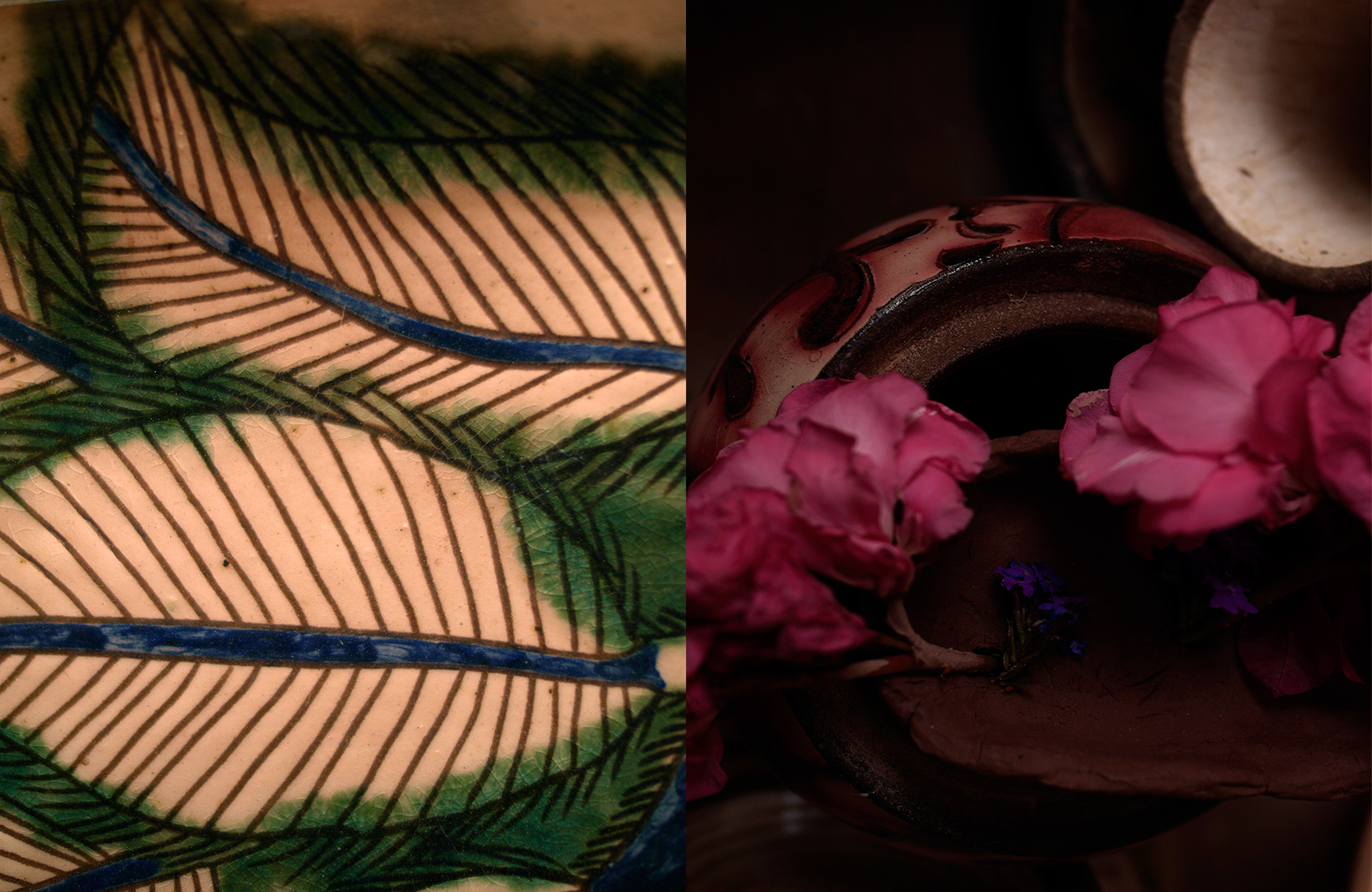
The Woman saw that Children had something that we had lost.
And what they had was very special and precious.
The hearts of Children see magic everywhere.
And their clay metamorphoses into a storytelling vessel.
Their hands transcribe the beauty of daily life.
Women of the village, buffalos, donkeys, birds, fish, crocodiles, turtles, serpents, flowers, leaves, fields and trees . . . they reincarnate in imaginary forms and colors.
The ordinary becomes extraordinary.
A common object becomes magical.
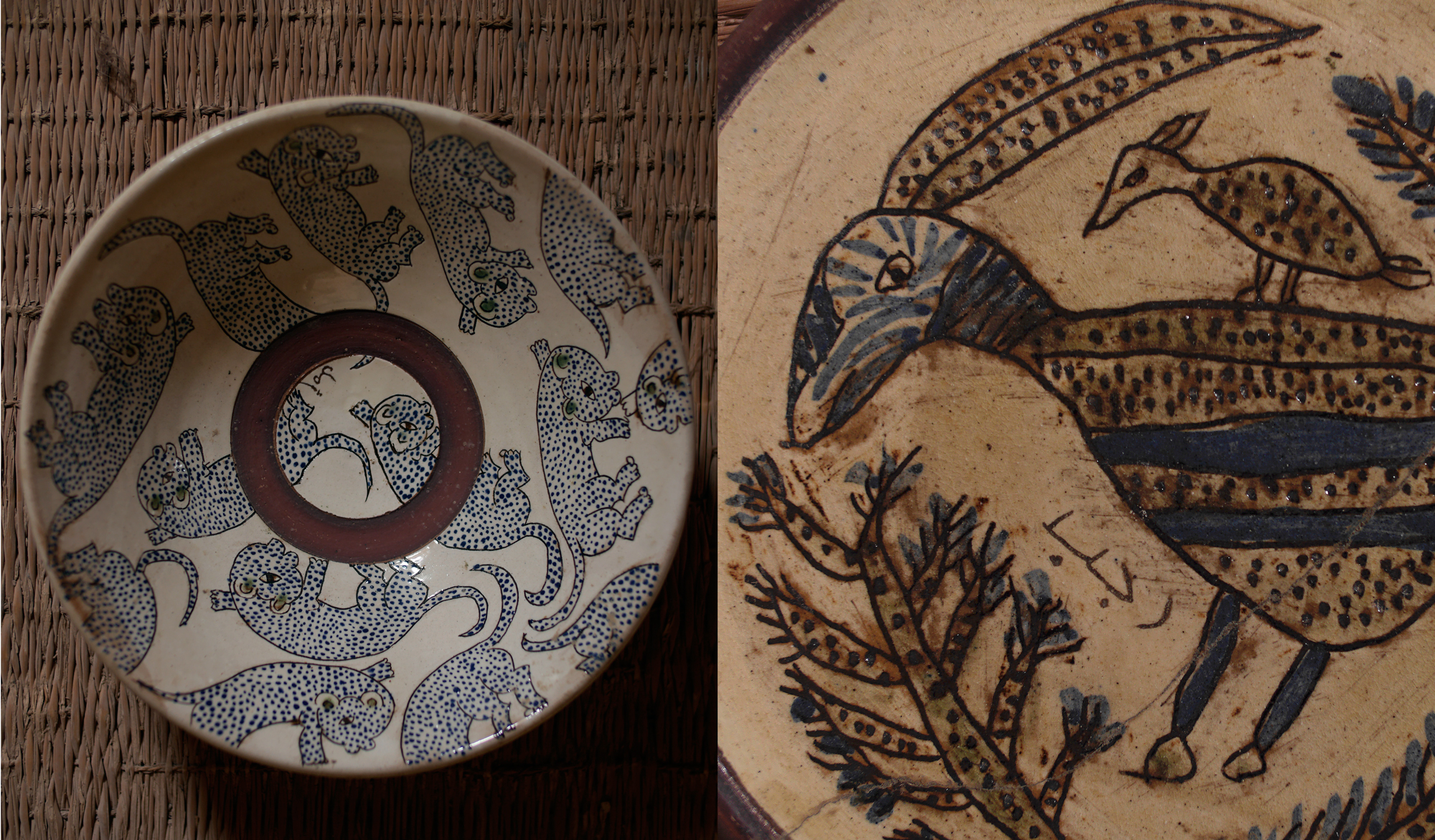
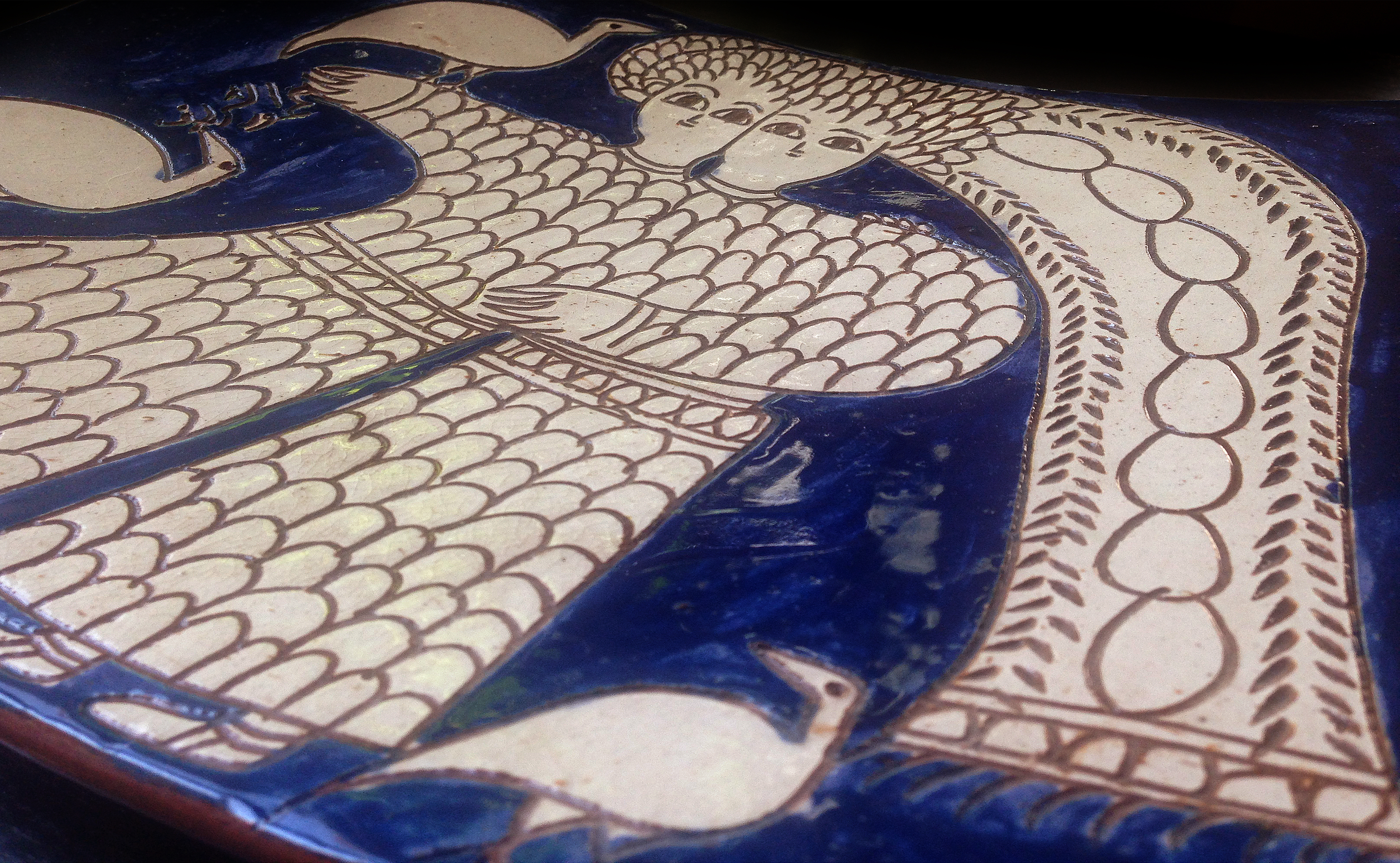
The inseparable twins,
joined in body share one long braid.
They are eternally connected in life.
Sometimes you see them
with their winged friends,
against the sky the color of
Persia's midnight blue.
A cat with bangs
(and unusually large ears).
Why does he-she
smile so mysteriously?
Does the he-she know
something that we don't know?
Unveiled maidens with almond eyes,
clustered together
in the round world of a plate.
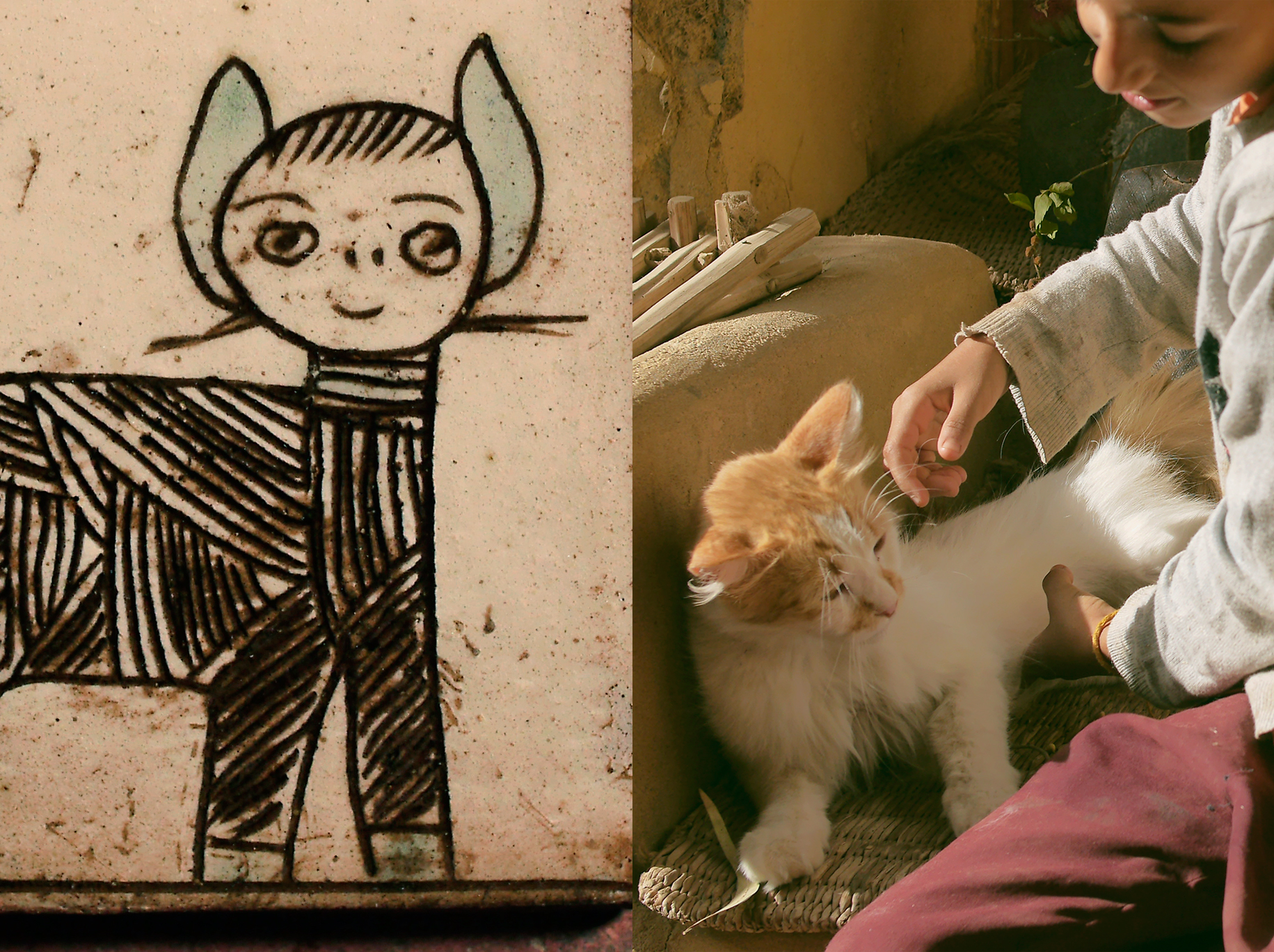
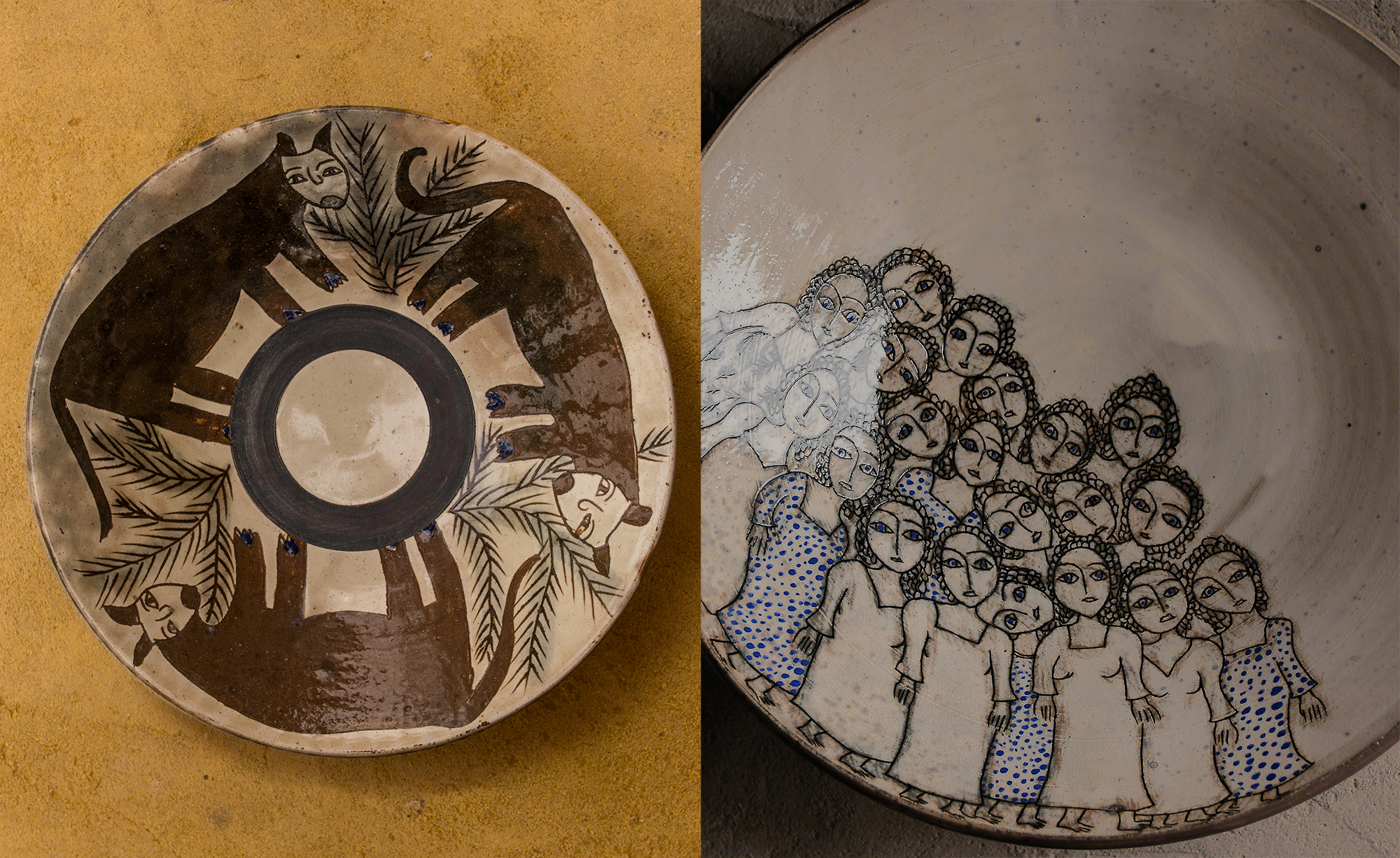
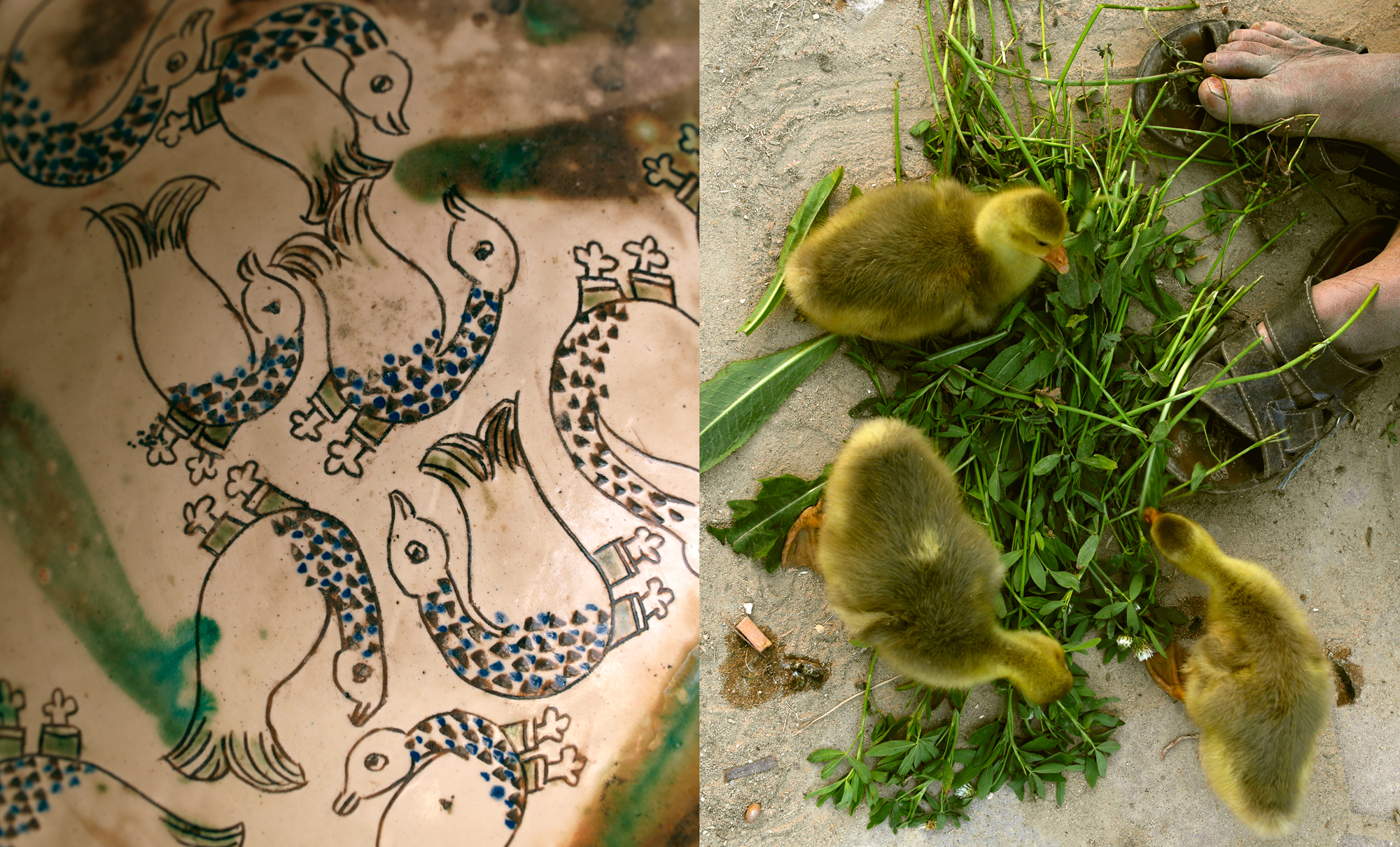
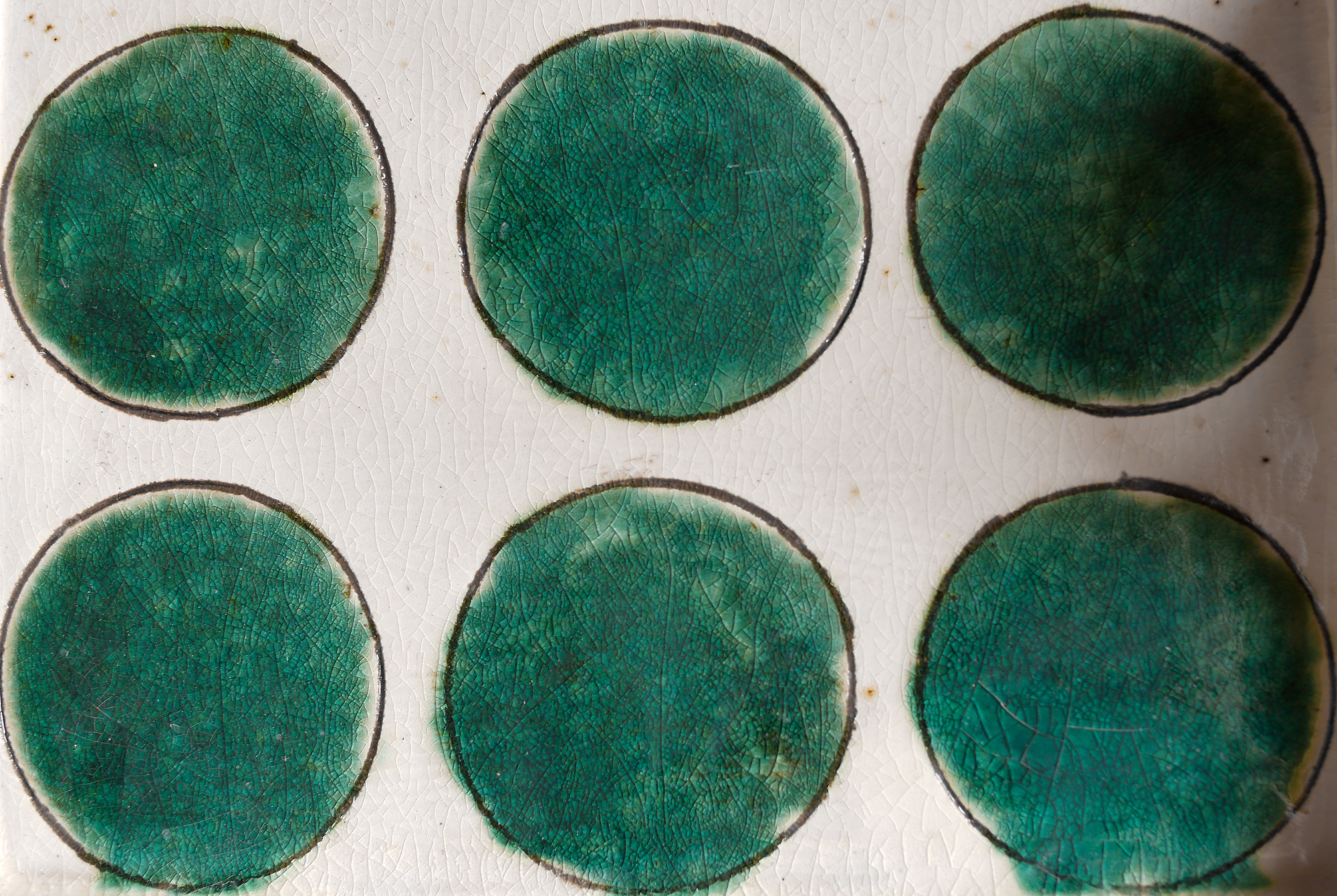
Blue dotted cat-cheetahs
swirl and turn
in an Escheresque dance.
A polka-dotted
giraffe-donkey.
Ducks with
rolled-up jeans.
Otherwordly buffalos
idling
in Eden.
Green berries,
blue berries,
Lush fruit
gardens and fields.
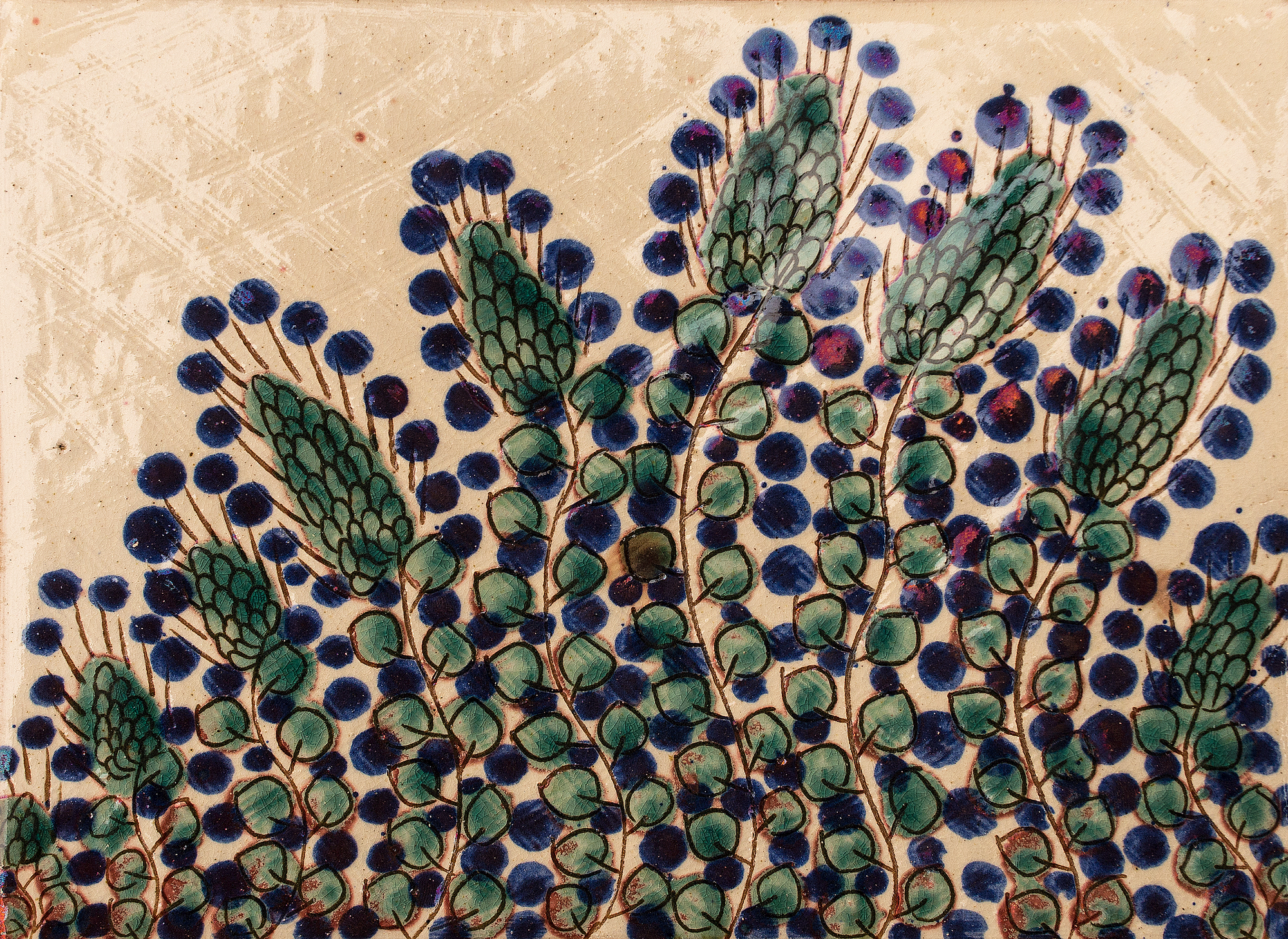
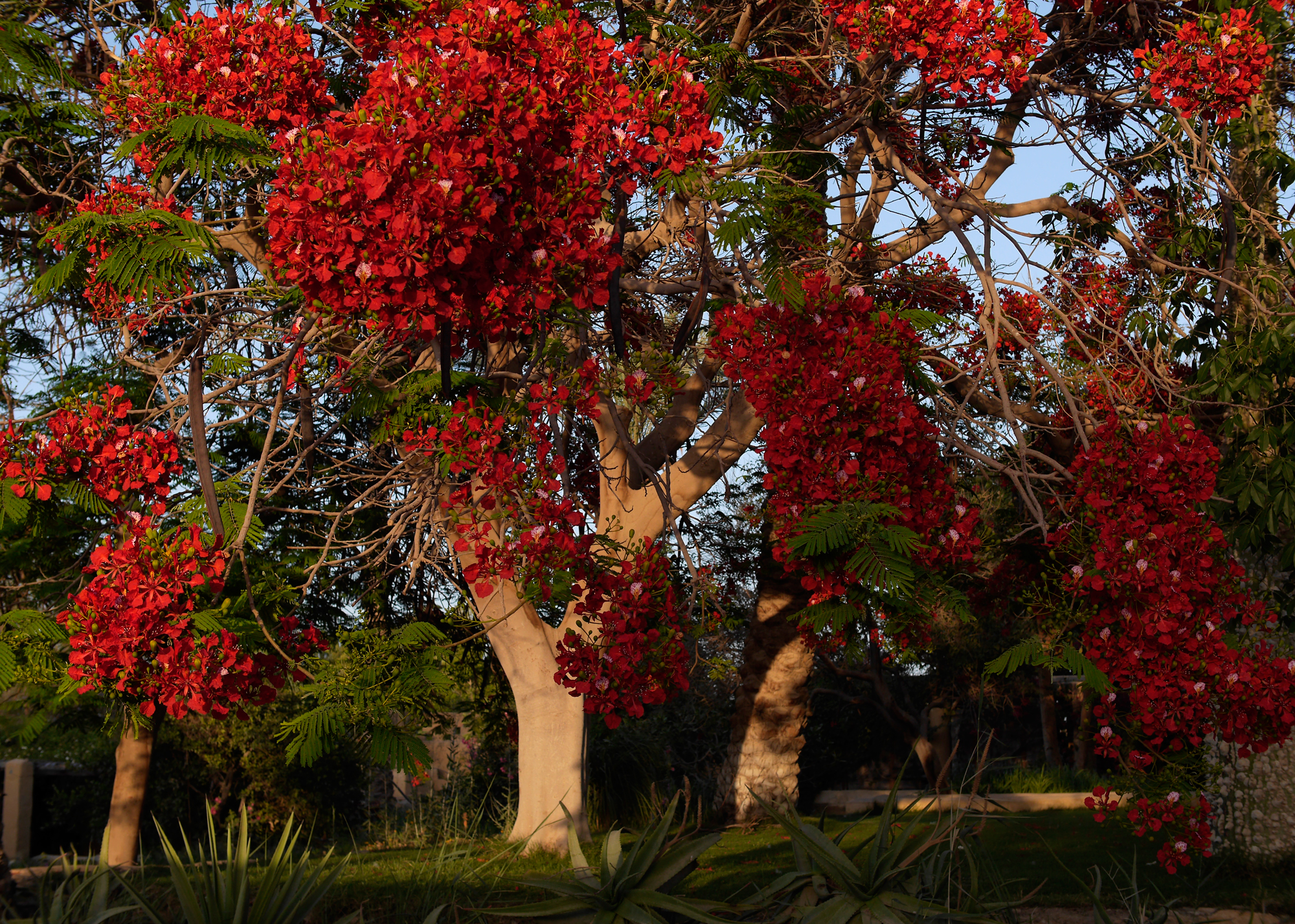
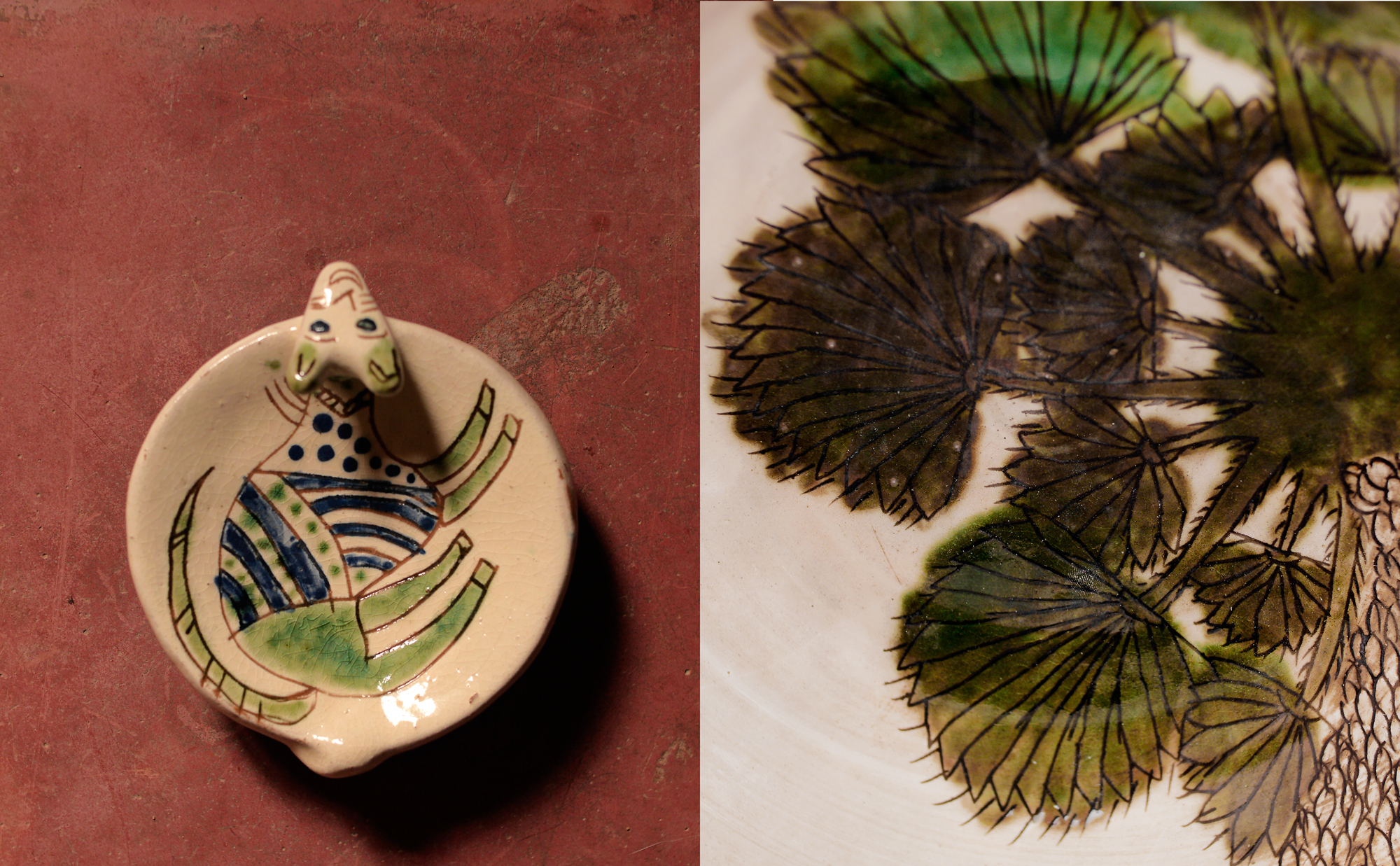
You hear
animals in the fields,
birds chattering in the leaves,
a sleepy afternoon in an oasis.
Poetry
in the mundane.
Authenticity
in the naïve.
Magic realism
everywhere.
Powerful and imaginary
creatures.
The sublime
and the vibrant.
When we do pottery,
we forget everything.
We forget our worries and troubles
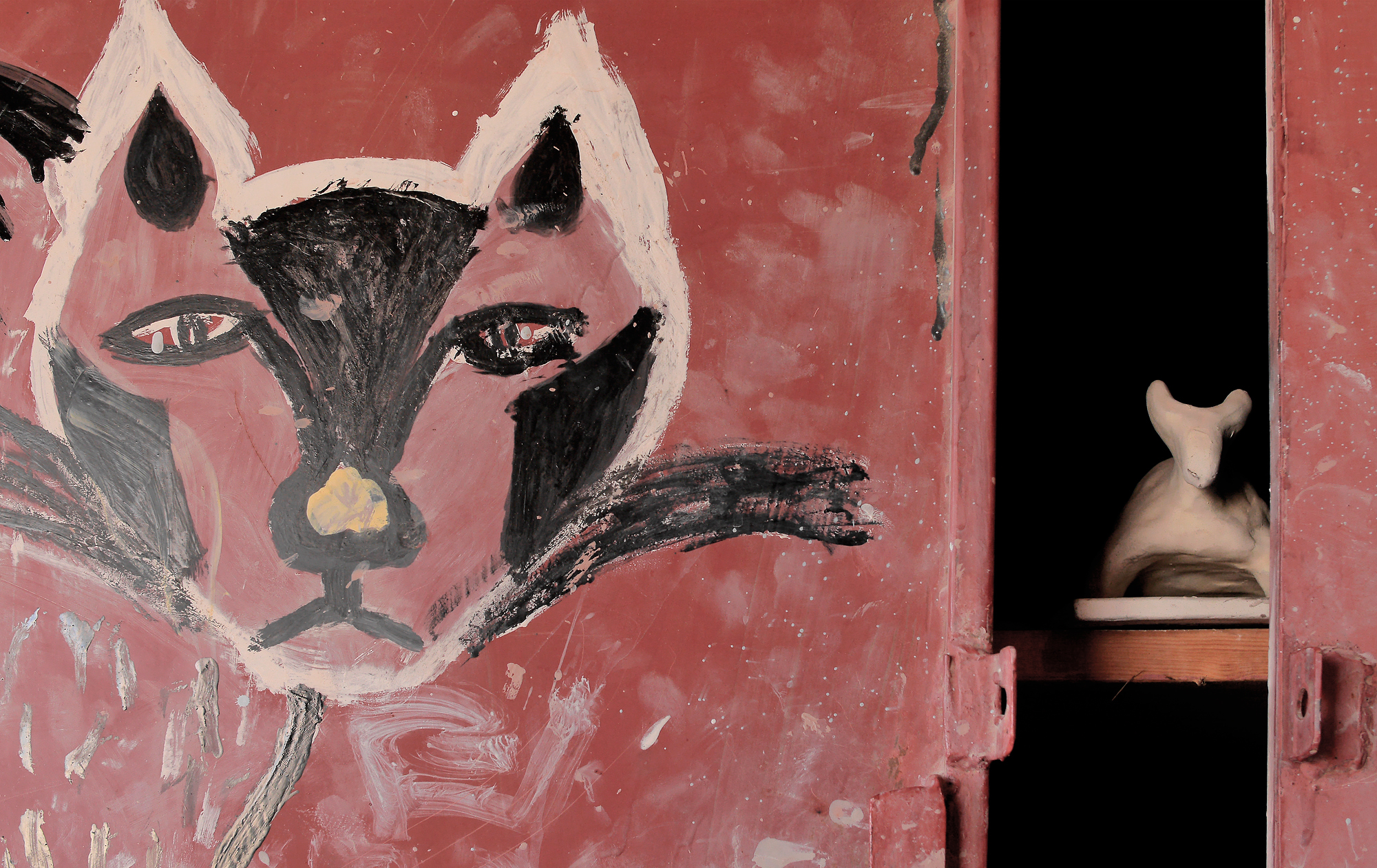
One Child wanted to make a buffalo with a little girl sitting atop.
One Child made a camel that bows down to unload corn from his back.
One Child was "too little" to come to the School.
The Woman always shooed him away, but he was very persistent.
He came back every day to hide behind the door and peek inside because he also wanted to play.
One Child wanted some clay to take home. His mother was good at making buffalos, and his brother wanted to make sheep.
One Child said his mother was no longer angry with him for going to the School.
One Child had dreamt of a bicycle for a long, long time.
So he wanted to earn money from his pottery.
One Child's father, who lived in Saudi Arabia, sent a refrigerator to his family. But they did not have anything to put inside it. So he wanted to use the money he earned from his pottery to buy a watermelon at the souk.
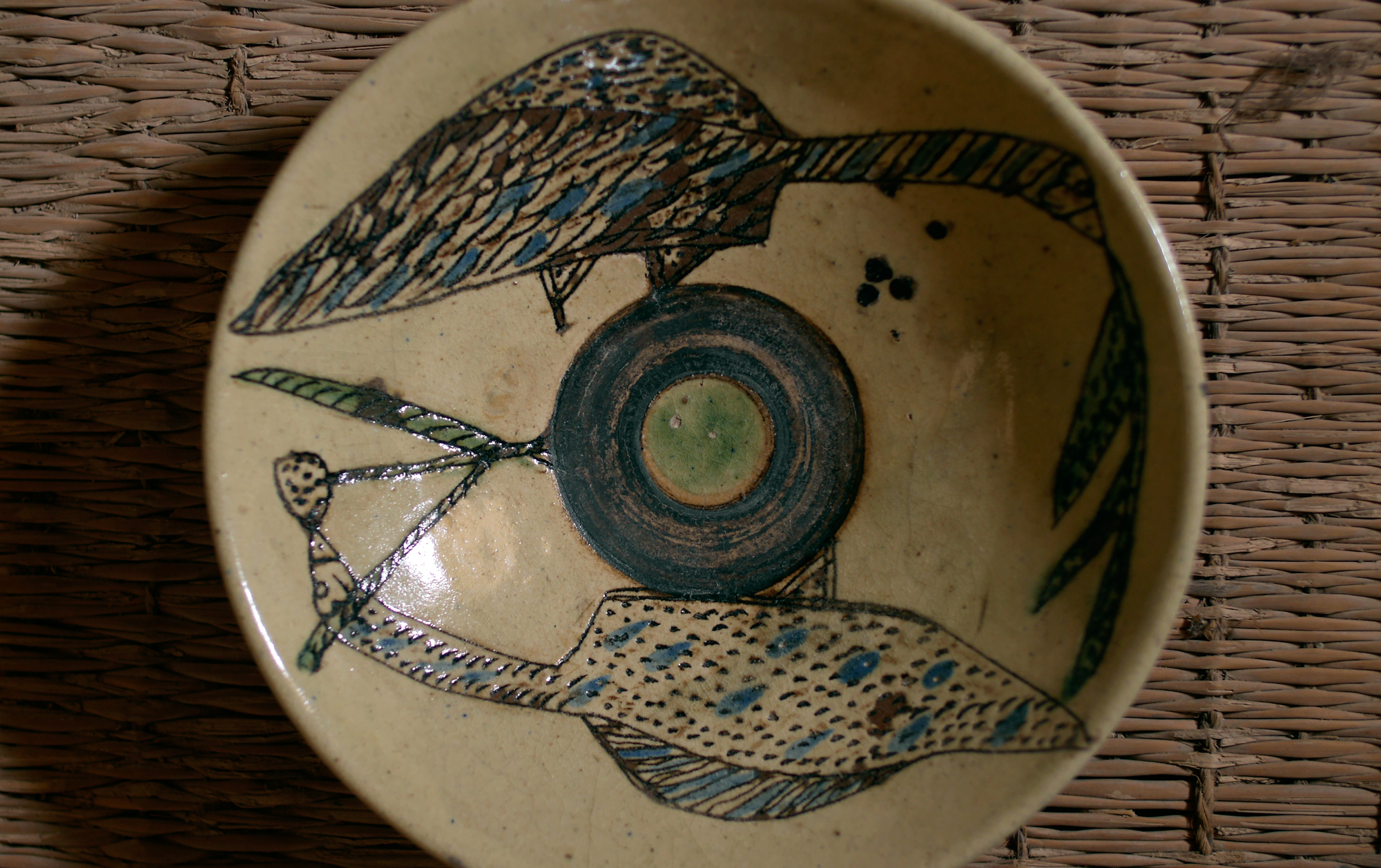
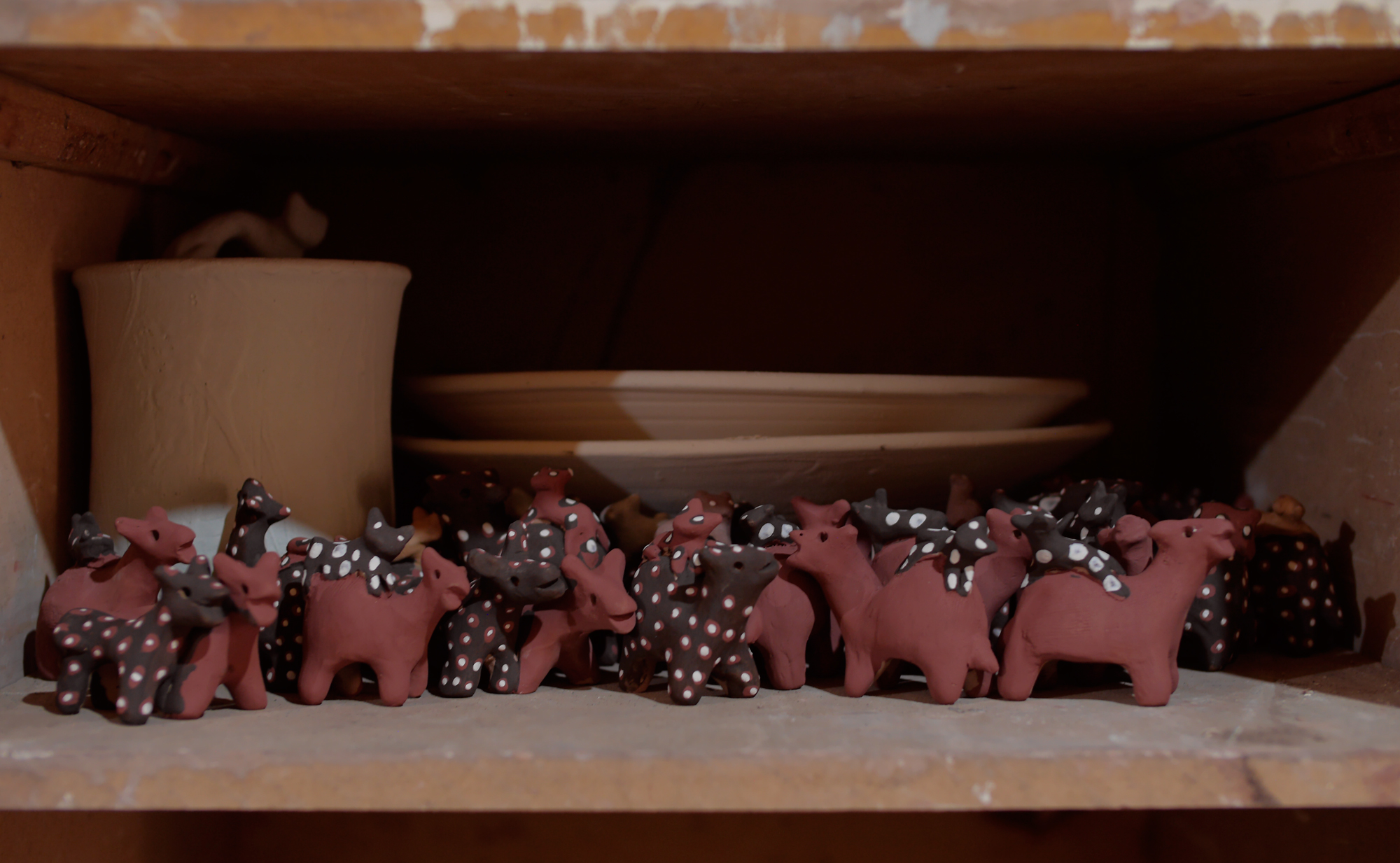
"I love pottery. When we open the oven in the morning, it's always a surprise. Nothing is ever the same!"
"When we do pottery, we forget everything. We forget our worries and troubles."
"The Woman and the Man taught us to be artists. Without them, we would be nothing!"
"I was so inspired by the Woman and the Man, that when I marry, I want to marry a girl who does pottery, not a girl who just cooks and gossips."
"They gave us all their heart. They gave us all of themselves."
Some of the Children, who are now grown up, became master potters. They, too, like the Woman and the Man, transmit their knowledge to the new children in the village.
Sometimes
nothing is possible.
Sometimes
everything is possible
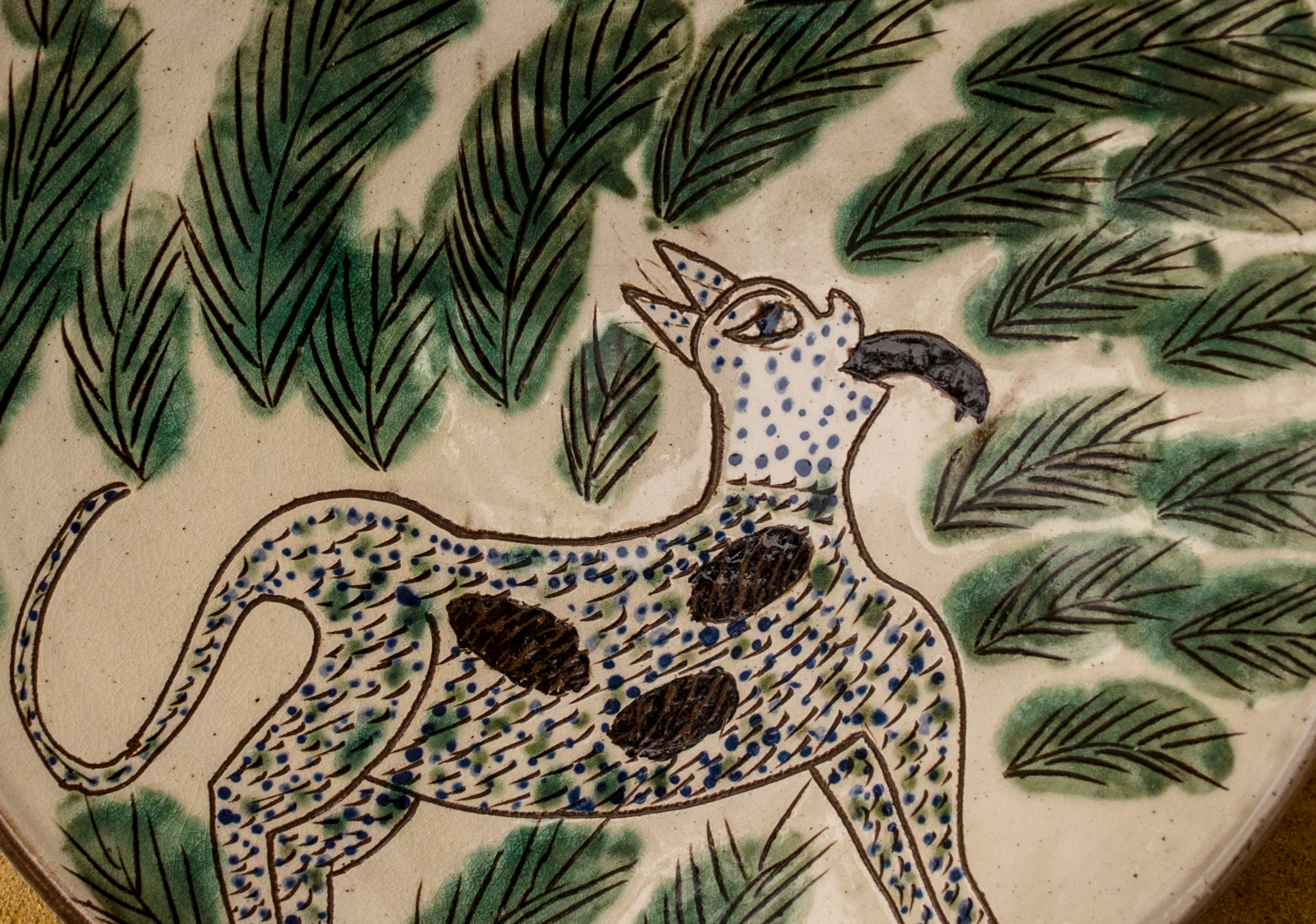
But as in anything in life, nothing is black and white.
There are ups and downs, conflicts do arise, and fairytales have their darkness too.
What matters is how the hardship is overcome.
And so went the story of the Woman, the Man, the School, and the Children.
Sometimes men in suits helped.
Sometimes they threw obstacles.
Sometimes they created opportunities.
Sometimes they forbade things without reason.
Sometimes things were promised, and sometimes promises were broken.
The Woman gave a lot.
Yet, sometimes they distrusted her.
When she asked for an oven to cook the pottery of her students, the men in suits accused her instead of helping her. They thought she wanted the oven to keep all the pottery secrets for herself!
The men in suits knew that she was the leader.
And they knew how much she gave.
Yet they wanted to take control sometimes.
They wanted to reap the fruits of her success.
The Woman lifted the village out of poverty.
Yet it is only now, 30 years later, that a street is named after her.
Men in suits were not the only ones.
Sometimes resistance came from unlikely places: the parents of the Children.
The School was free and for most people, this would have been a gift.
But the parents of the village did not see it this way.
Most of their children earned money for the family from the field work.
The parents were angry because, in their eyes, the Woman took their children but did not pay them. Going to school was a waste of time and money.
They wrote her a letter threatening to throw her in prison!
Different places, different logic. Thus, the Woman and the Man paid money to the Children so that their families would let them come and do pottery.
Despite all that, the Woman's tenacity and courage weathered challenges that would have made others surrender.
Everything was a work in progress, trial and error, what we call today "startup mode."
Sometimes nothing is possible.
Sometimes everything is possible.
And sometimes it just takes a few people who understand each other to make things work.
. . . you don't decide things,
they come about on their own
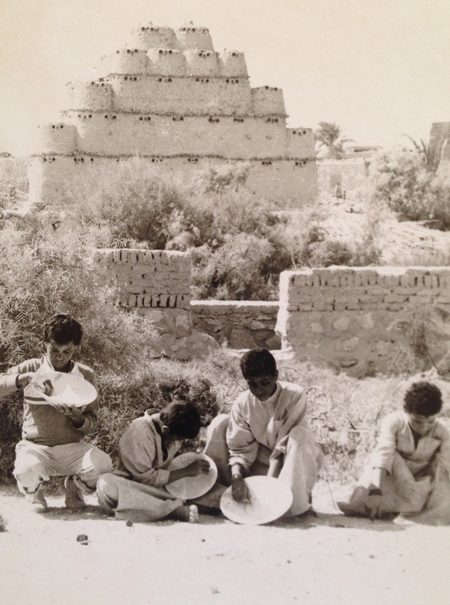
Despite all these trials and tribulations, and all that transpired, the magical potteries guard a very special beauty that transcends human foibles and pettiness.
They are the vessels that hold the joy, beauty, drama and memories of a village and its people.
Today, it has been over 40 years since the Woman, the Man, and their Son and Daughter from the land of Edelweiss settled in this tiny lost hamlet in the middle of nowhere.
The Children who learned from the Woman have now become celebrated potters.
Today, street signs bearing their names point to their ateliers.
The Woman gave them an instrument for life.
The Children of then, now, and tomorrow are the inheritors of this incredible legacy.
From something with no grand scheme or fancy planning was born something extraordinary. Children of a poor farming village who were once making toys from mud from the streams became celebrated potters and created a livelihood for themselves and others around them. A cycle of transmission of savoir faire had come into being.
Throughout the years, many have tried to analyze, dissect and reduce to a formula the whys and hows behind the mysterious success of the School.
Alas, nothing can be replicated in exactitude.
The confluence of people, events, and timing were unique to this place. Hence, what happened remains unique to this tiny hamlet in the oasis of Fayoum.
Nevertheless, may this extraordinary yet true story inspire and empower other villages in the world so that extraordinary things can happen from within.
Sometimes nothing is possible.
Sometimes everything is possible.
And sometimes it just takes a simple will to make things happen.
And we don't need kings and queens (or men in suits for that matter) to create a big ripple.
"I never imagined this. There was nothing to imagine, things came about… you don't decide things, they come about on their own." says the Woman even to this day.
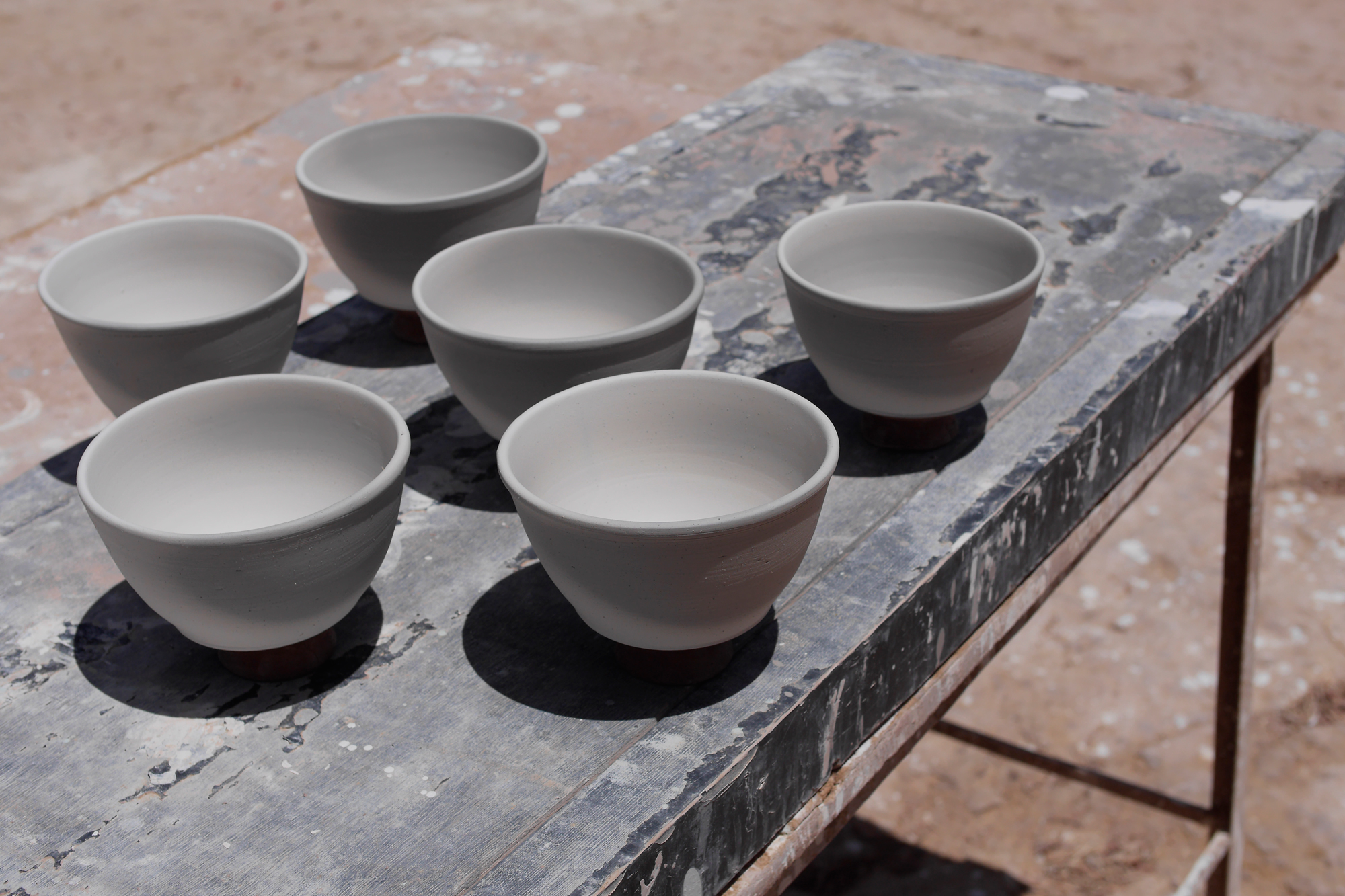
Characters (in the order of appearance):
The Woman = Evelyne Porret
The Man = Michel Pastore
The Son = Angelo Pastore
The Daughter = Maria Pastore
The Children =
The former students of Fayoum Pottery School:
Rawia Abd el Kader, Noura Abd el Aal, Ibrahim Samir, Mohamed Mahmoud, Abd el Satar, Abd el Semiah, Mahmoud el Sherif, Mohamed Goma, Hakim Mohamed, Mahmoud Youssef, and others in the village
The School = Fayoum Pottery School

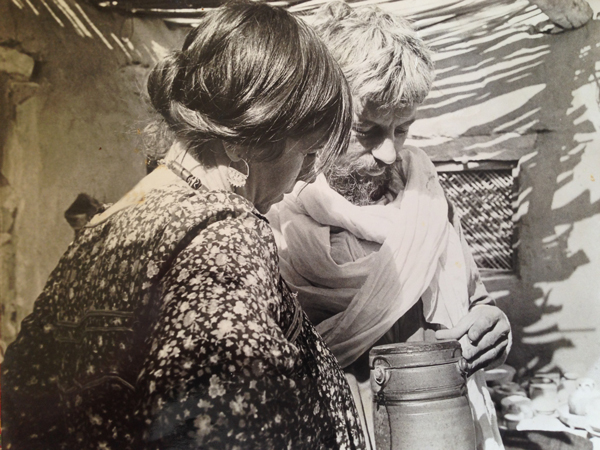
Fayoum Pottery School, situated in Tunis village of Fayoum oasis in Egypt, was founded by Evelyne Porret in 1989. To develop the natural artistic talents of the children of the oasis and to help them develop the base skills necessary to become independent potters, she and her husband Michel decided to open this charmed universe of pottery making to them. The first students are now in their 30s and are transmitting their savoir faire to other children in the village in their own ateliers. A close-knit relationship exists between the school, the new and former students, and Michel and Evelyne. The couple has been helping them to promote and sell their work by exhibiting them in the boutiques in Cairo, displaying it in the school's showroom, and including them in their overseas exhibitions.
Evelyne Porret and Michel Pastore, both renowned and gifted Swiss potters, left Europe in 1977 with their children to set up their home and studio in the oasis of Fayoum in Egypt. With the help of local craftsmen and local materials, they built their house, studio and kiln. Over the years, their work has become a unique cross-cultural hybrid of Islamic decorative patterning applied to a very personal formal vocabulary. They have exhibited in Paris, London, Geneva, Darmstatt, Kyoto, with retrospectives held at Musée de St Amand des Eaux (1990) and Musée de la Poterie Méditerranéenne (2011). Michel is also the co-founder and designer of Nagada fashion brand which focuses on the modern aspect of tradition. Its showroom in Cairo exhibits their fashion and accessories collection, as well as works from Porret/Pastore pottery and select works from Fayoum Pottery School.
Mona Kim is the Founder and Curator of Moowon magazine. As the Creative Director of award-winning multidisciplinary design studio, Mona Kim Projects, she has been conceiving public space experiences and large-scale experiential projects for global brands and cultural institutions. Her museum and exhibition design for the Canadian Museum of Human Rights, World Expo, Museum of Tomorrow (Museu do Amanhã), and UNESCO-sponsored projects, gave her the opportunity to document and be exposed to some of the most distinctive examples of social realities and cultural expressions. On these projects, she had co-curated world issues such as endangered languages, cultural diversity and sustainability. The Moowon project is an extension of this background. Her work has been featured in The New York Times, WWD(Women's Wear Daily), The Creative Review, and in publications by Gestalten and The Art Institute of Chicago.
REFERENCES:
Ibrahim, O., Gunson, J., Khalil, S., Jones, E., El-Gohari, A. (2016). "Socio-Economic Development in Marginalized Rural Communities: The Serendipitous Success of an Ecotourism Destination". / Pastore, M. (n.d.) "Ecole de poterie de l'oasis du Fayoum, Egypte". / Lesein, N. (n.d.) "L'école de poterie du Fayoum en Egypte". / Porret, E. "Oasis". Ceramics Monthly, June/July/August (1984). Pg. 41 - 45. / Porret, E. "Porret Pastore: Chemin de terre de France in Egypte." Revue Céramique & Verre, N. 52, May/June (1990). Pg. 40. / Film "Ecole de poterie, Village de Tounes, Oasis du Fayoum" by Fanny Franssen.

EDITING: COPYRIGHT © MOOWON MAGAZINE /MONA KIM
ARCHIVE PHOTOS: © EVELYNE PORRET and MICHEL PASTORE. ALL RIGHTS RESERVED.
PHOTOS, VIDEOS,TEXT: COPYRIGHT © MOOWON / MONA KIM PROJECTS. ALL RIGHTS RESERVED.
TO ACQUIRE USAGE RIGHTS, PLEASE CONTACT US at HELLO@MOOWON.COM
